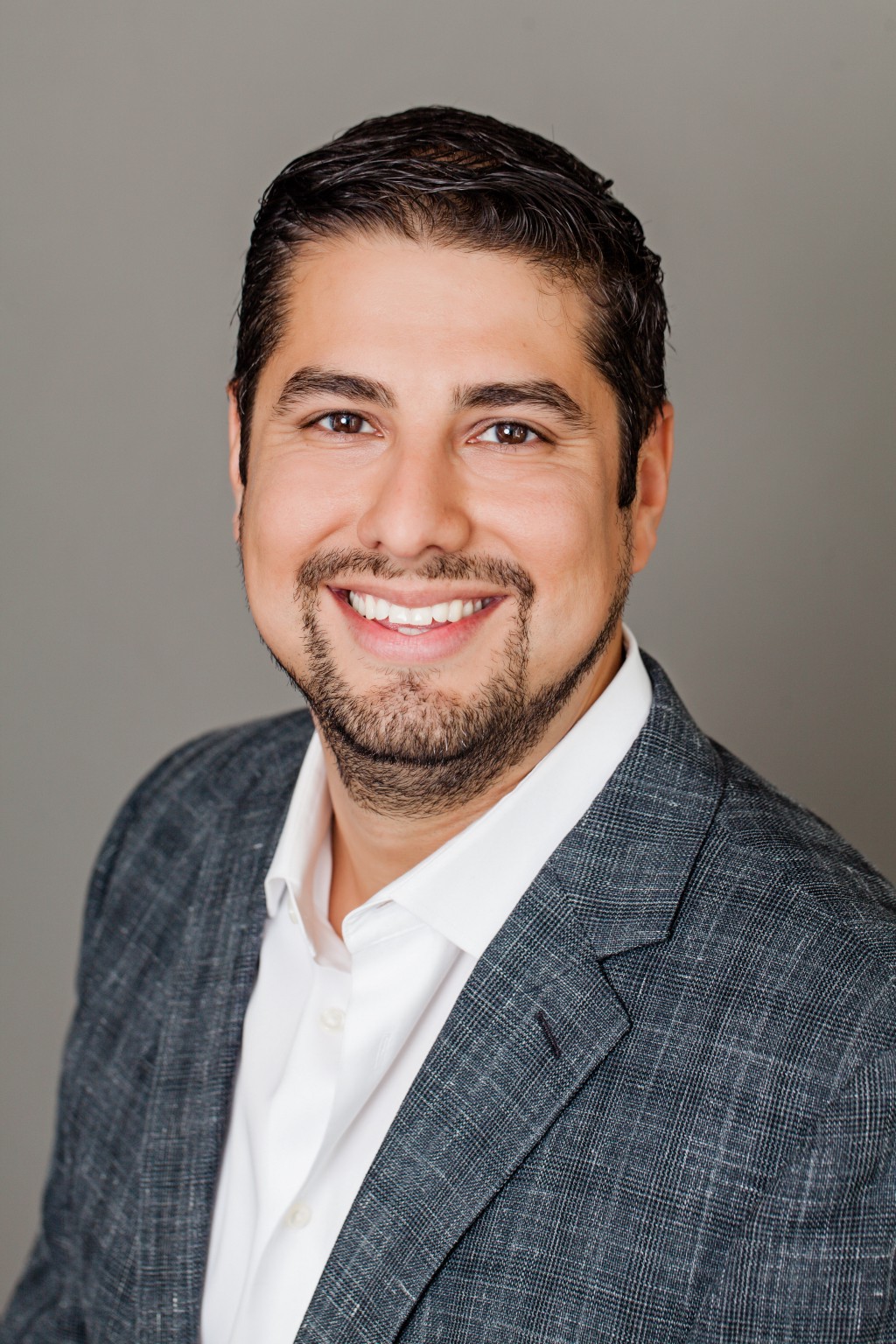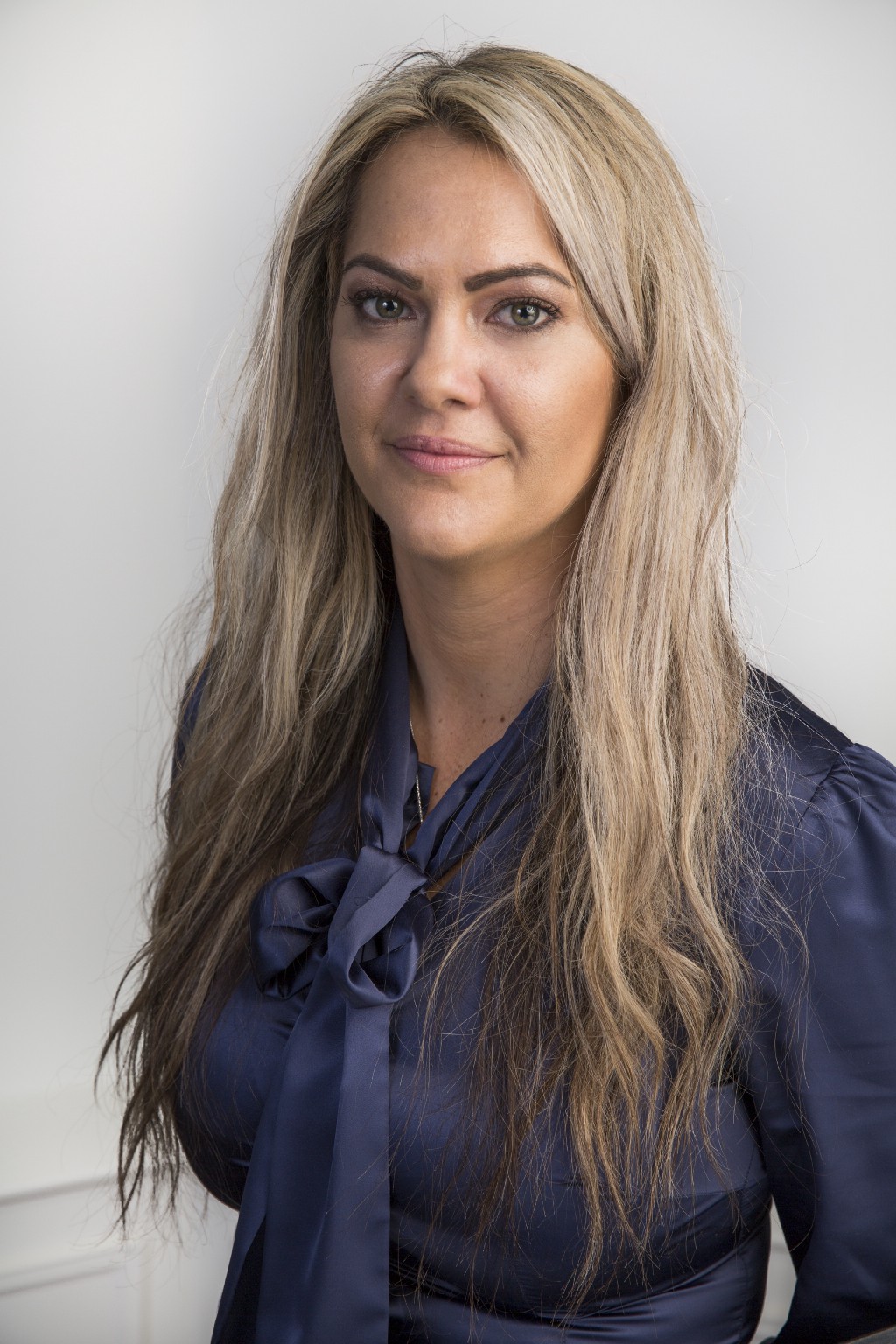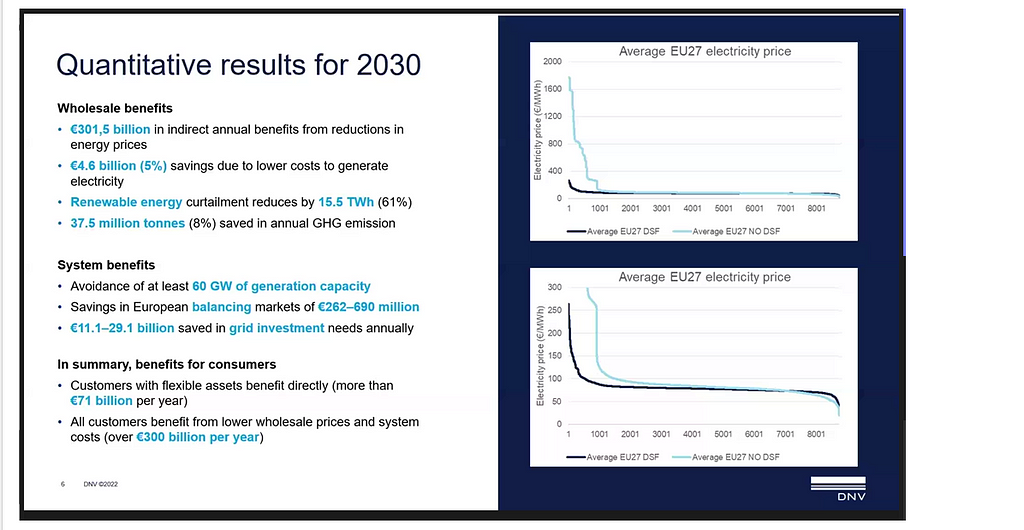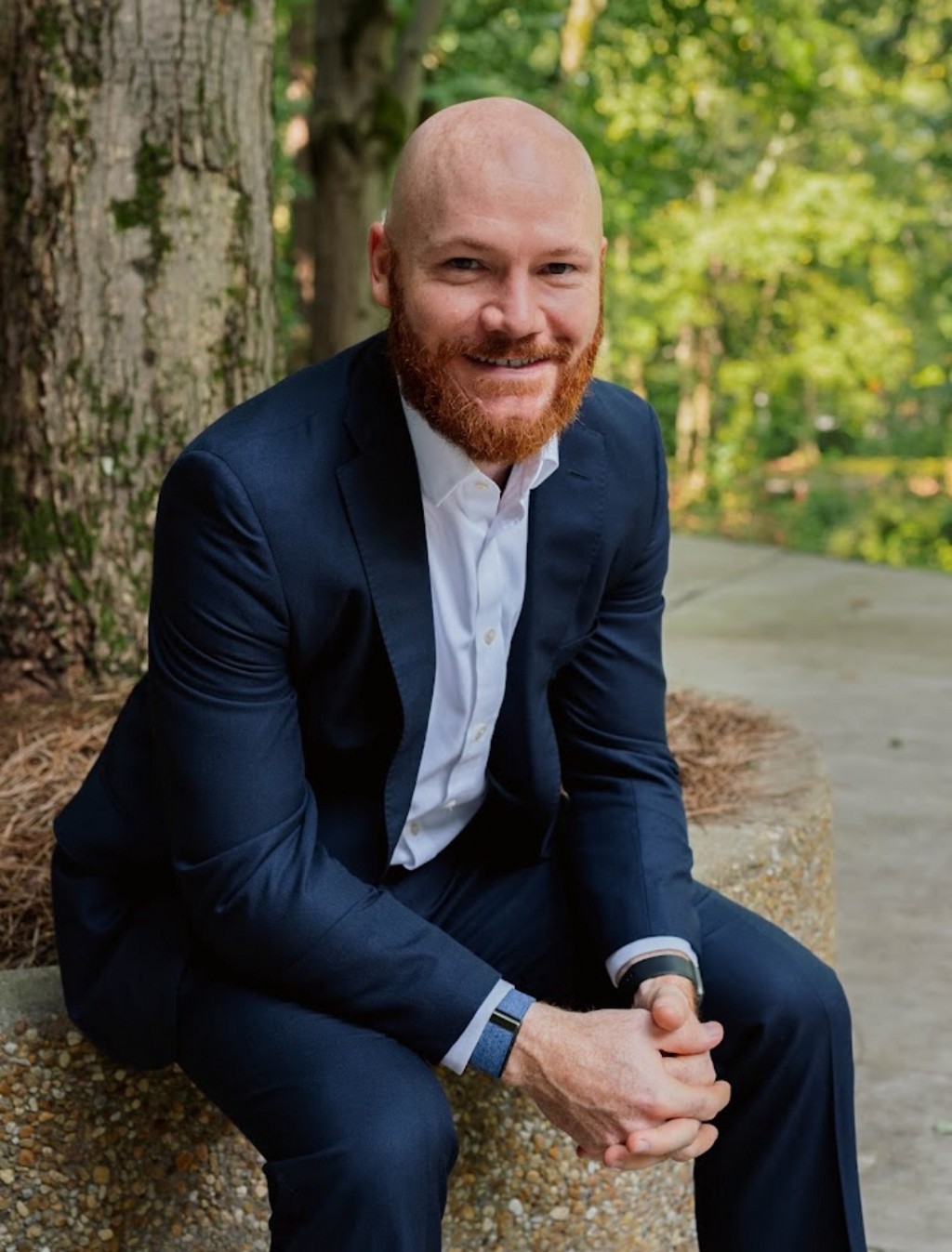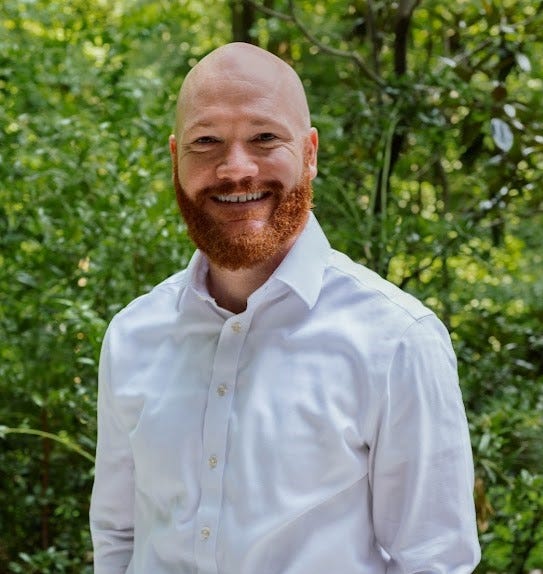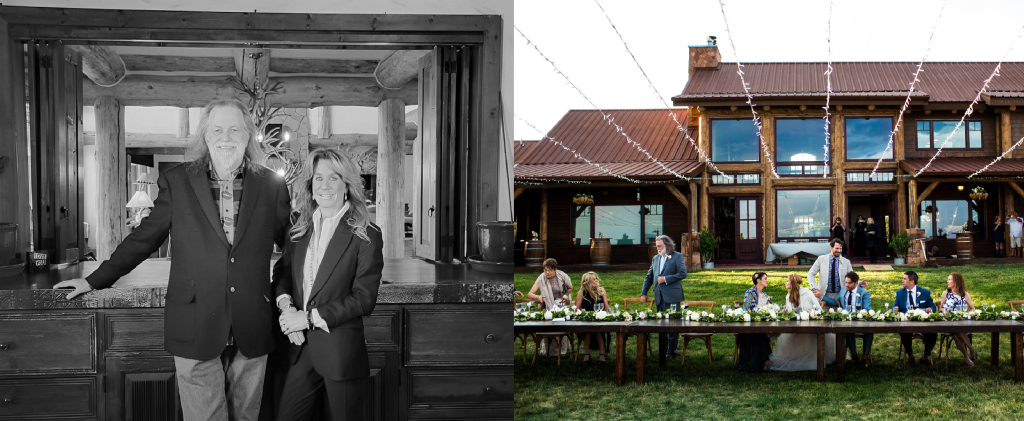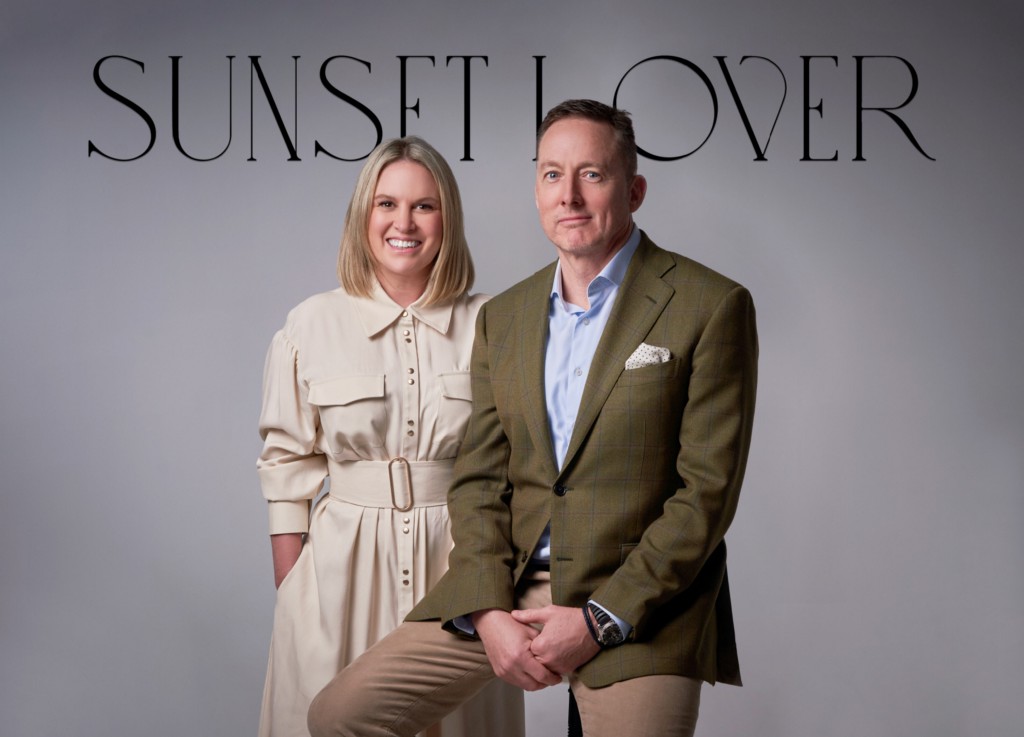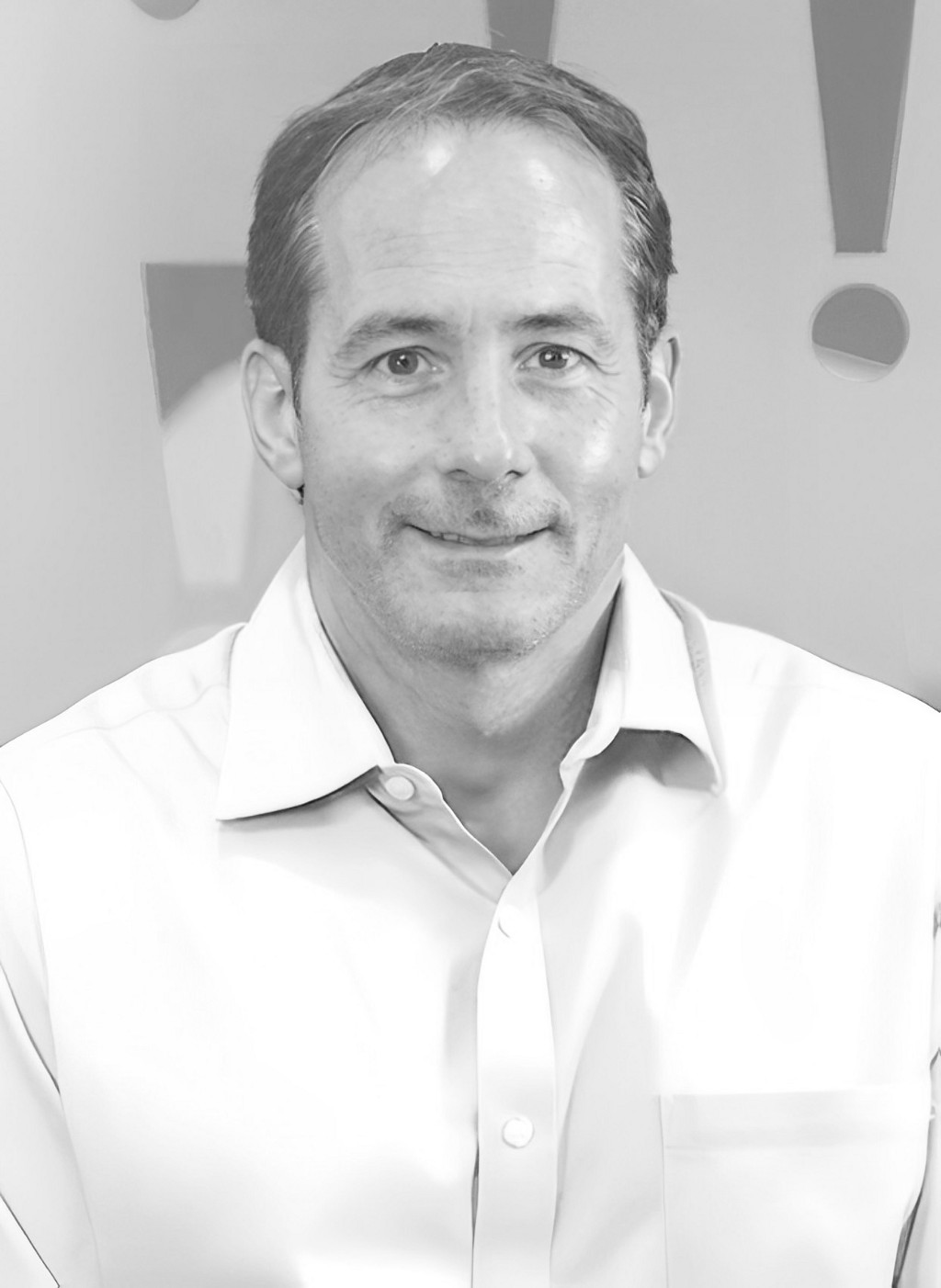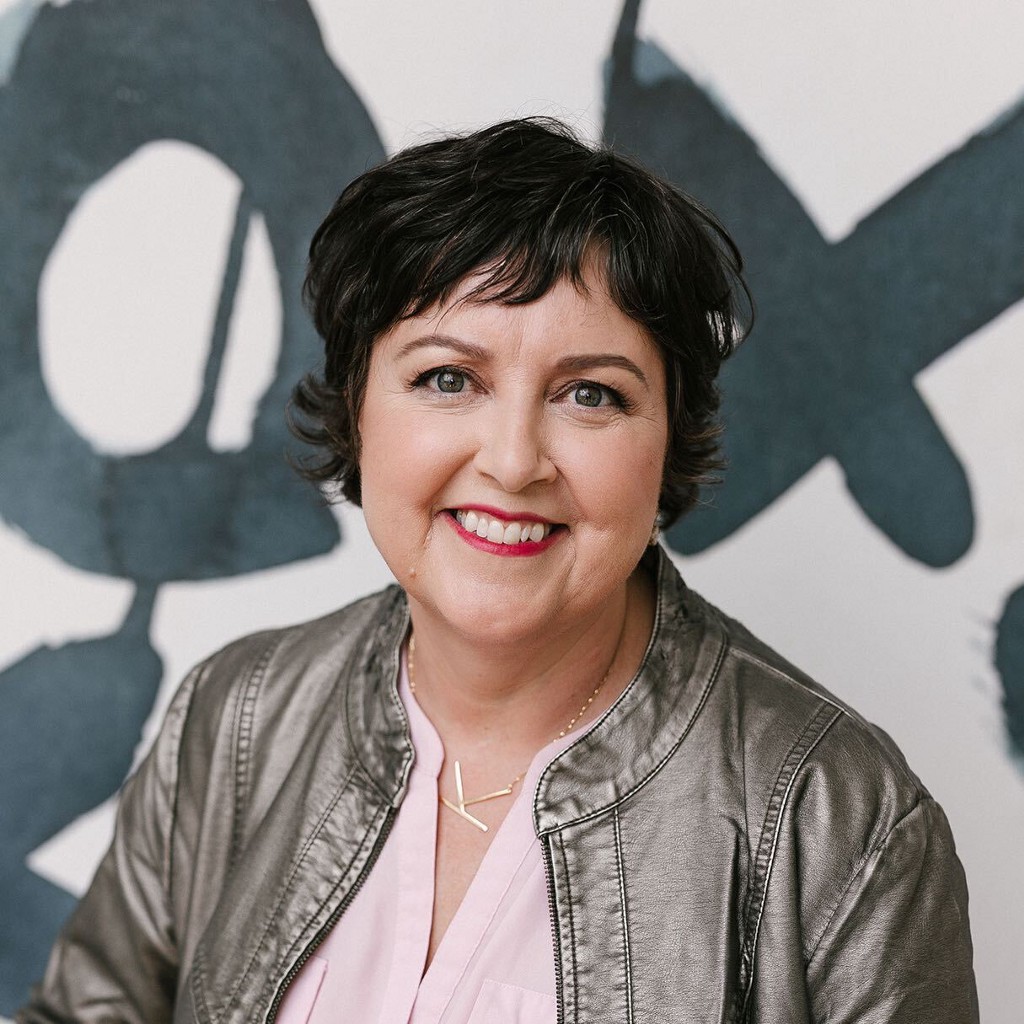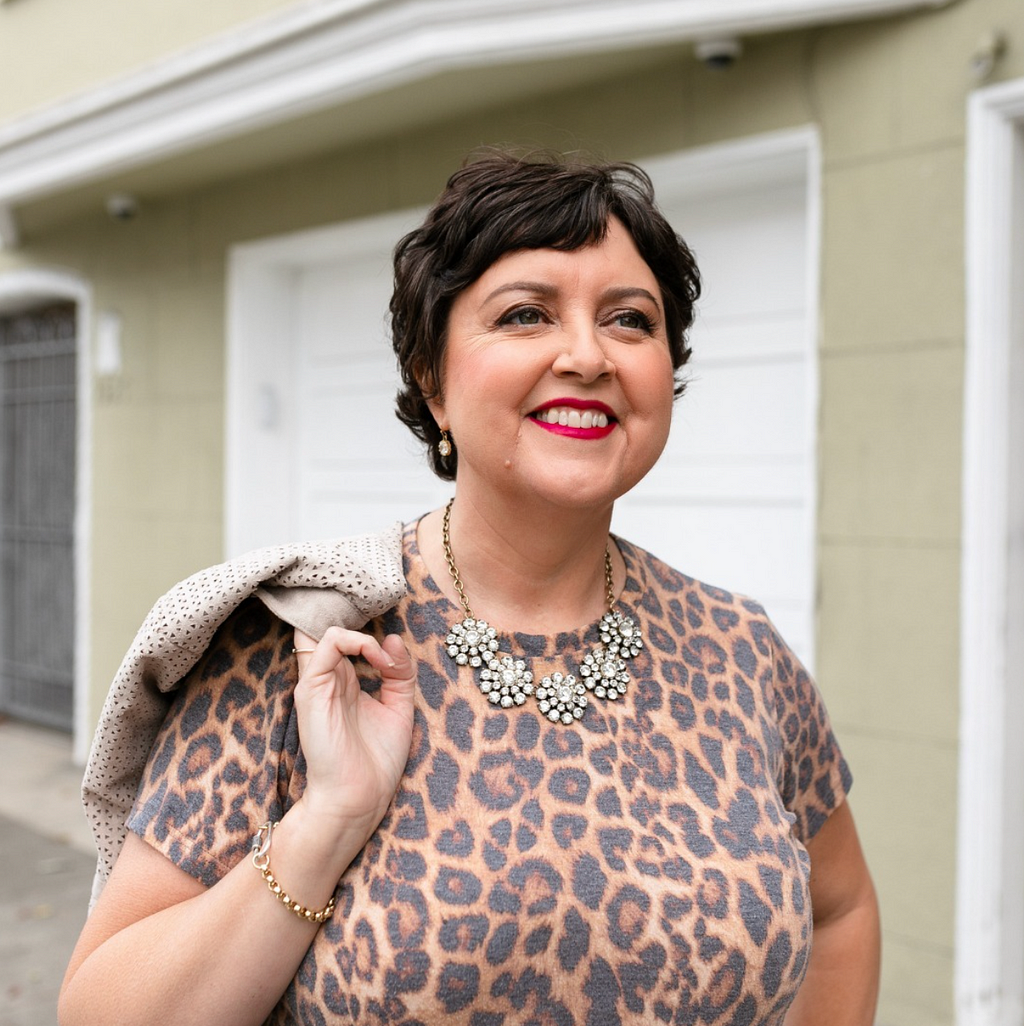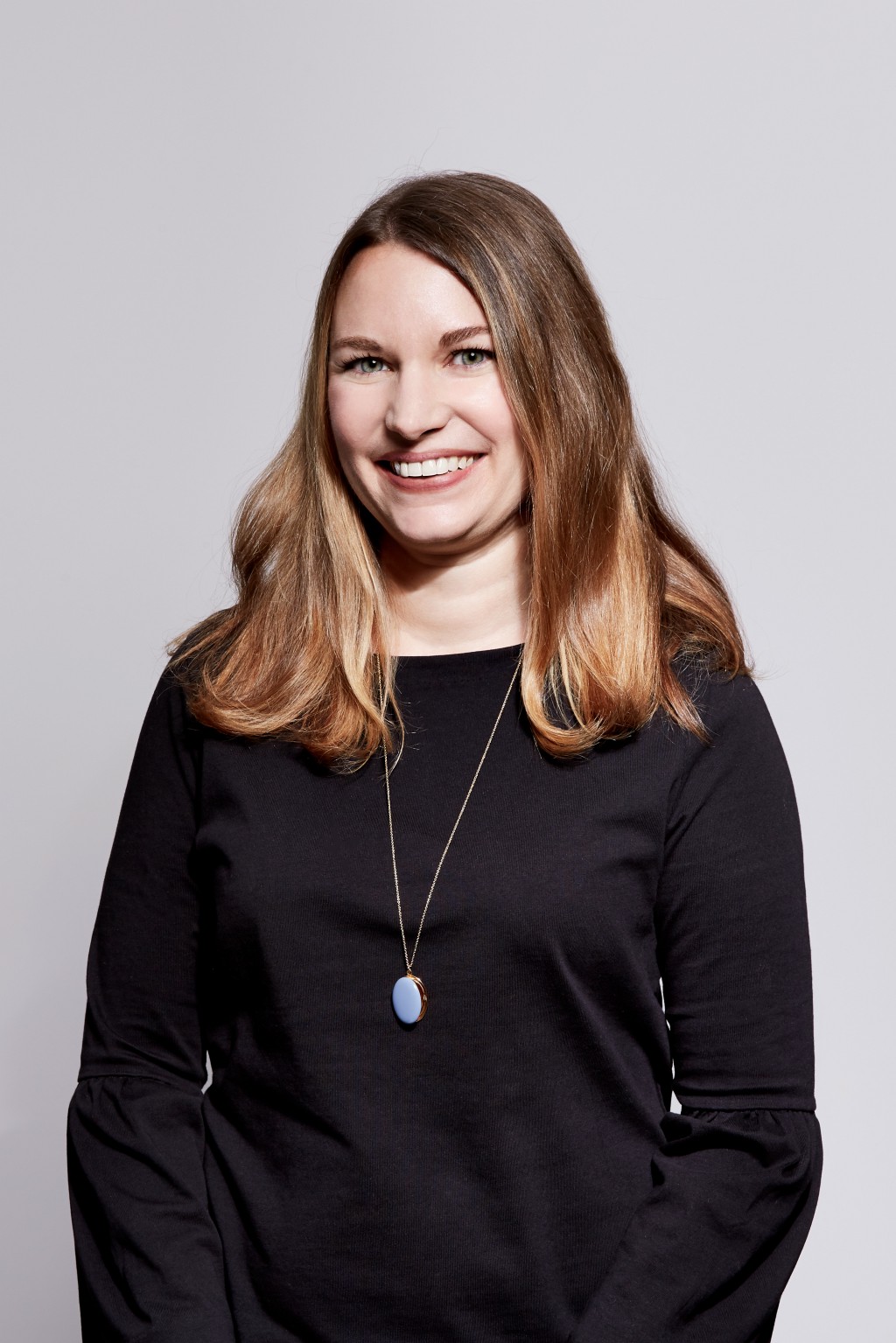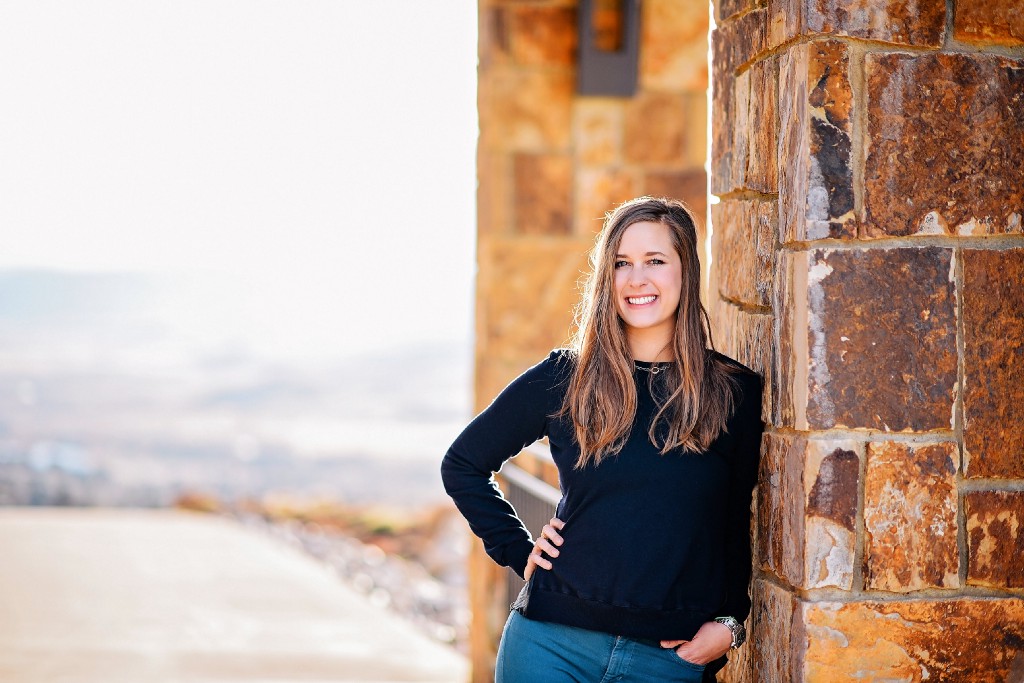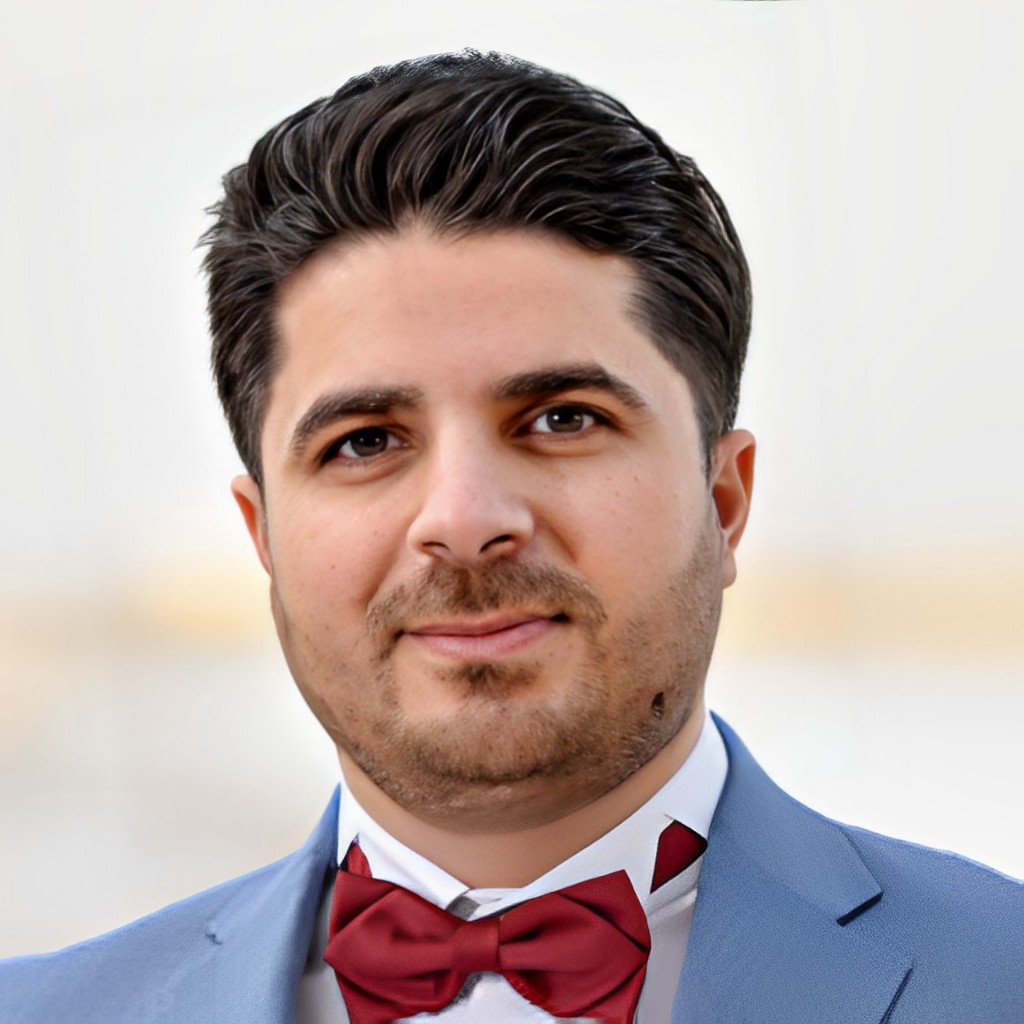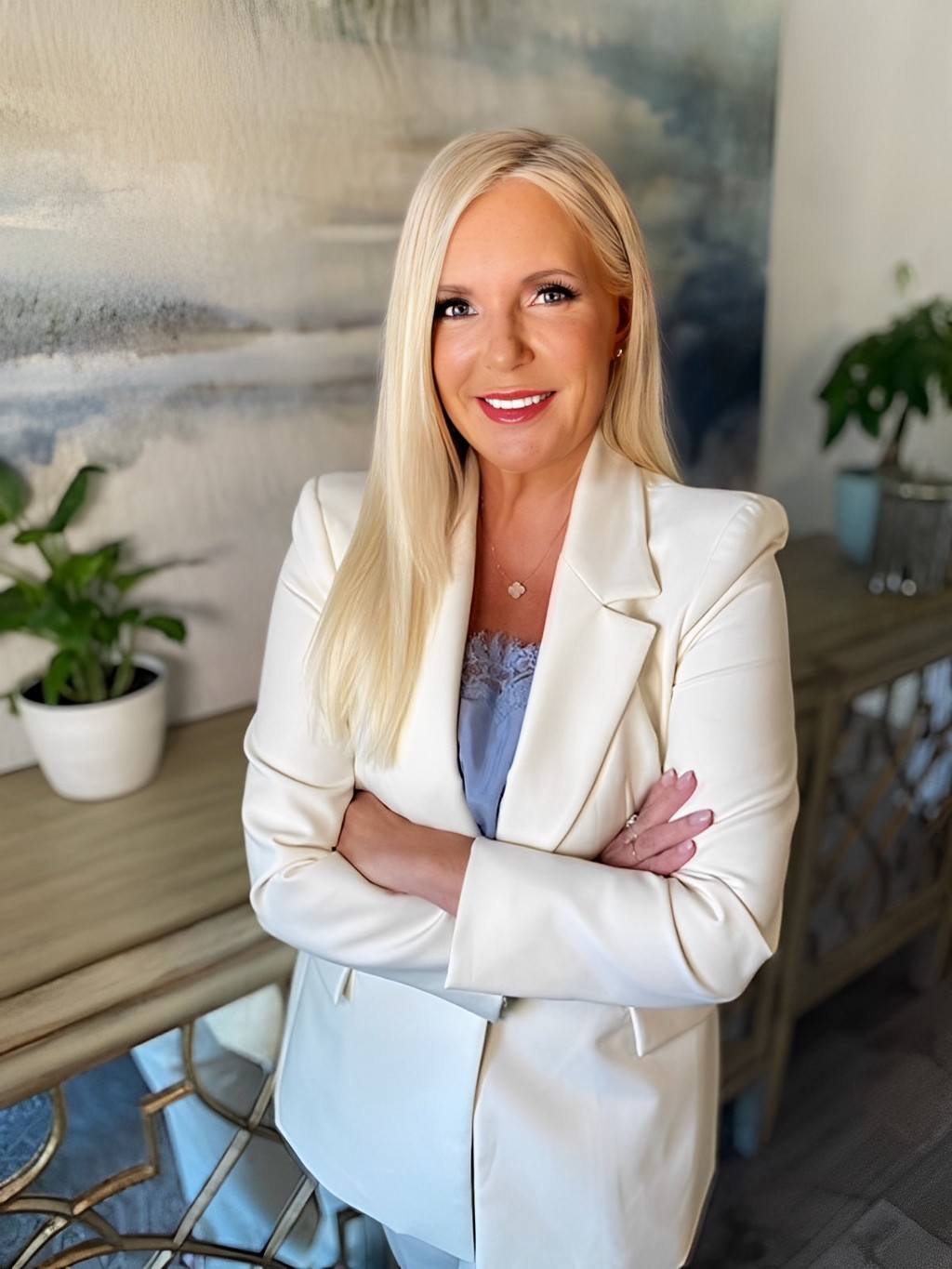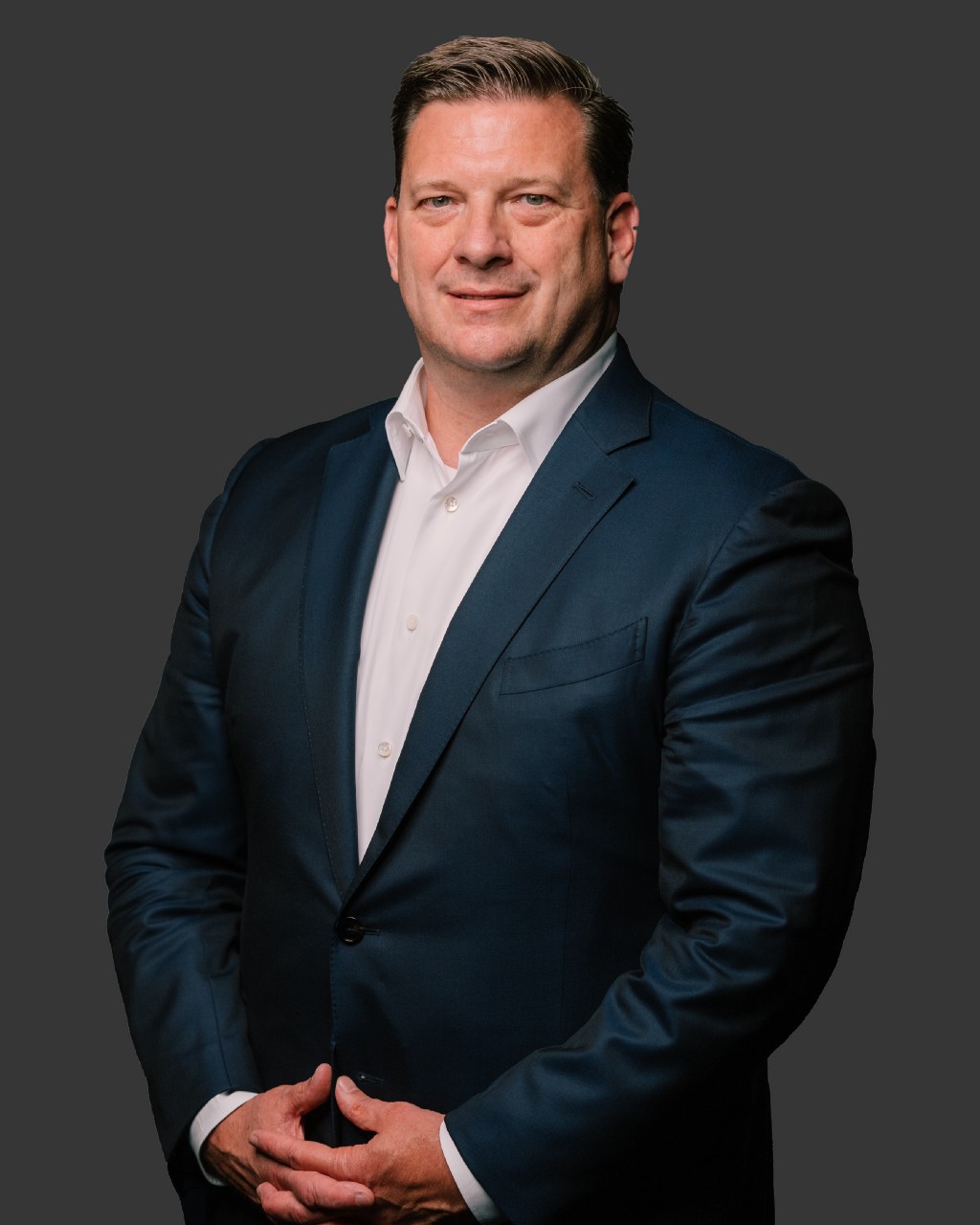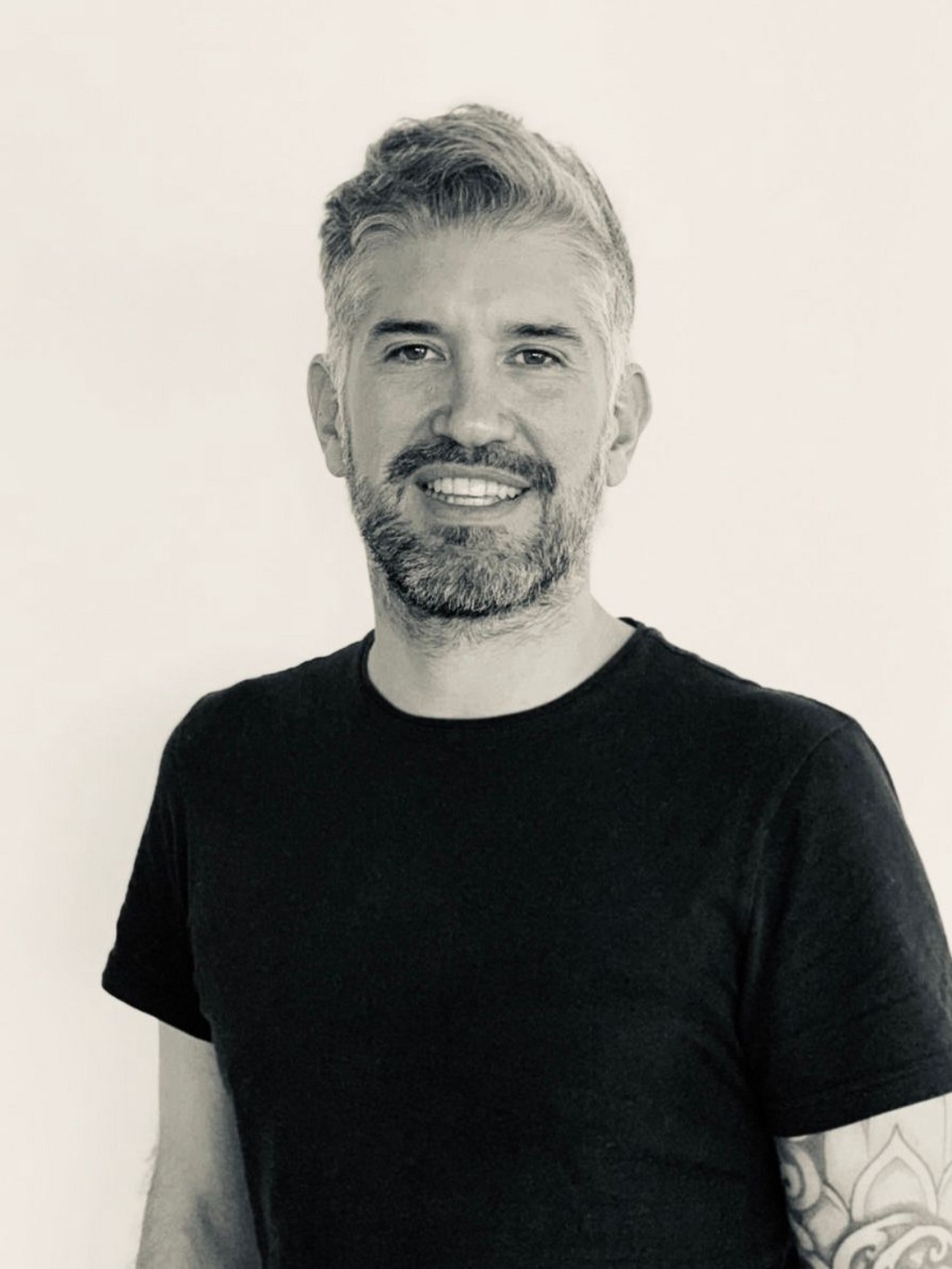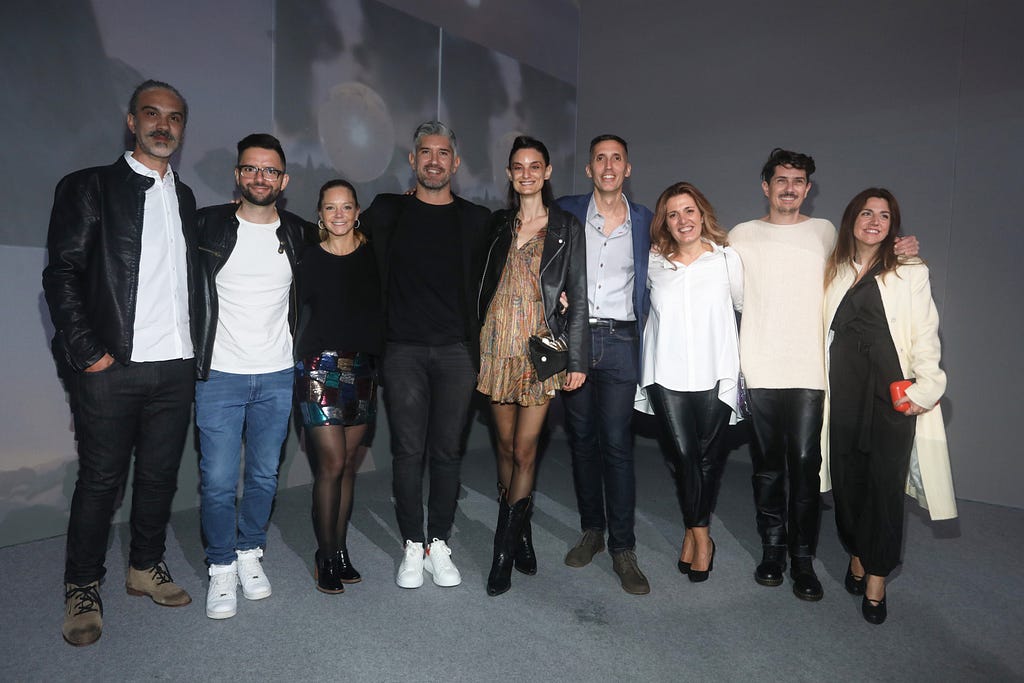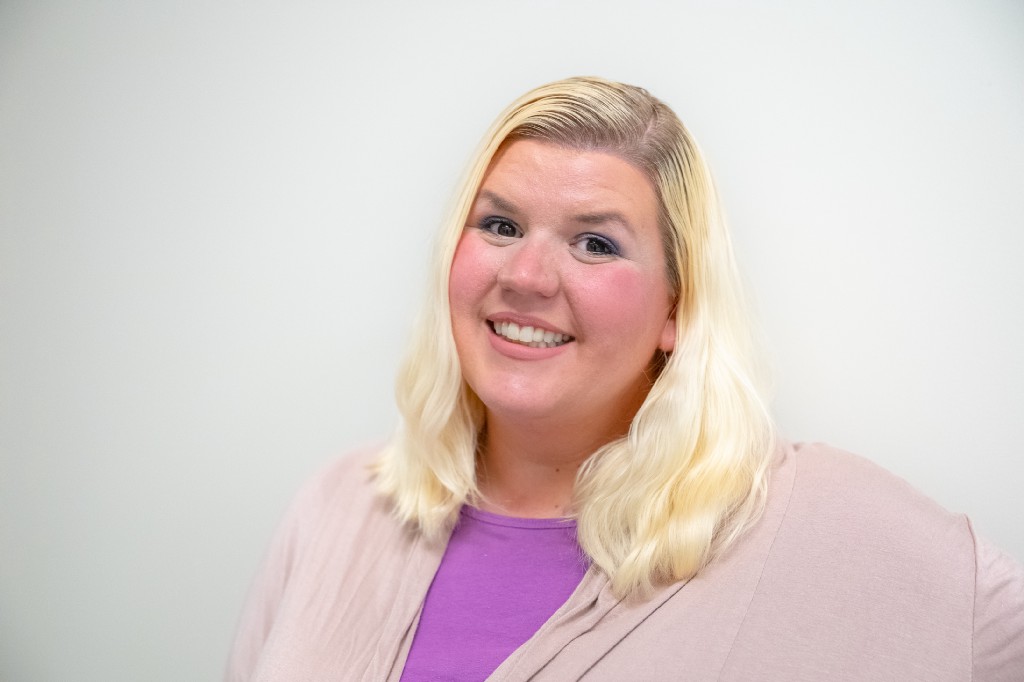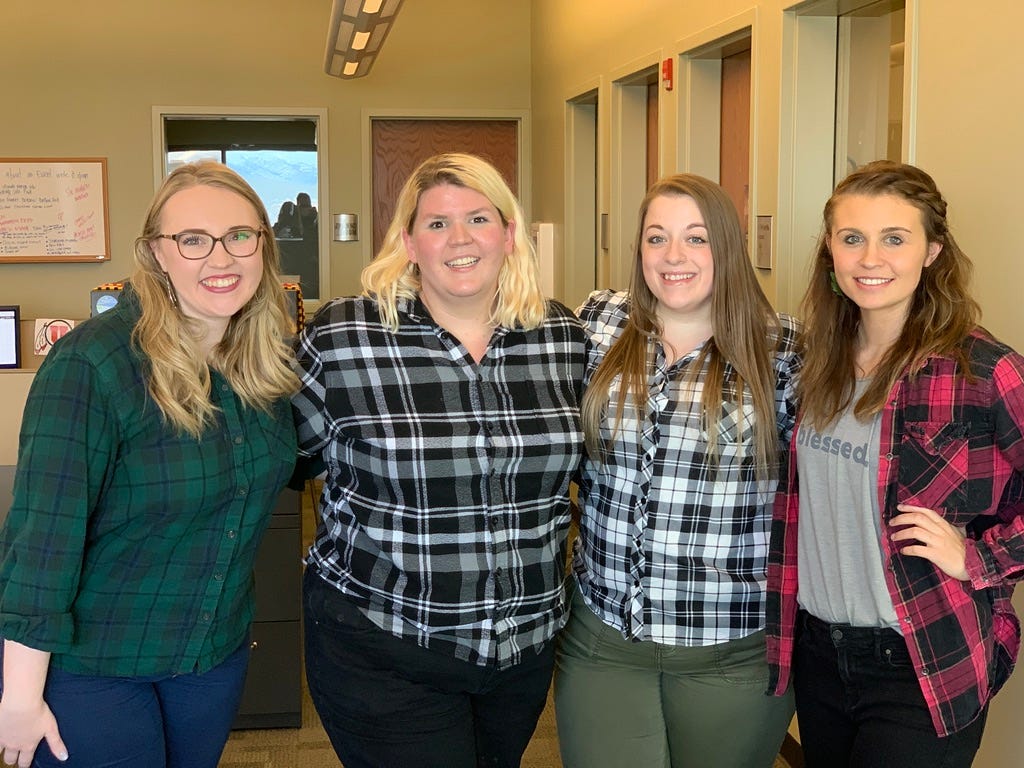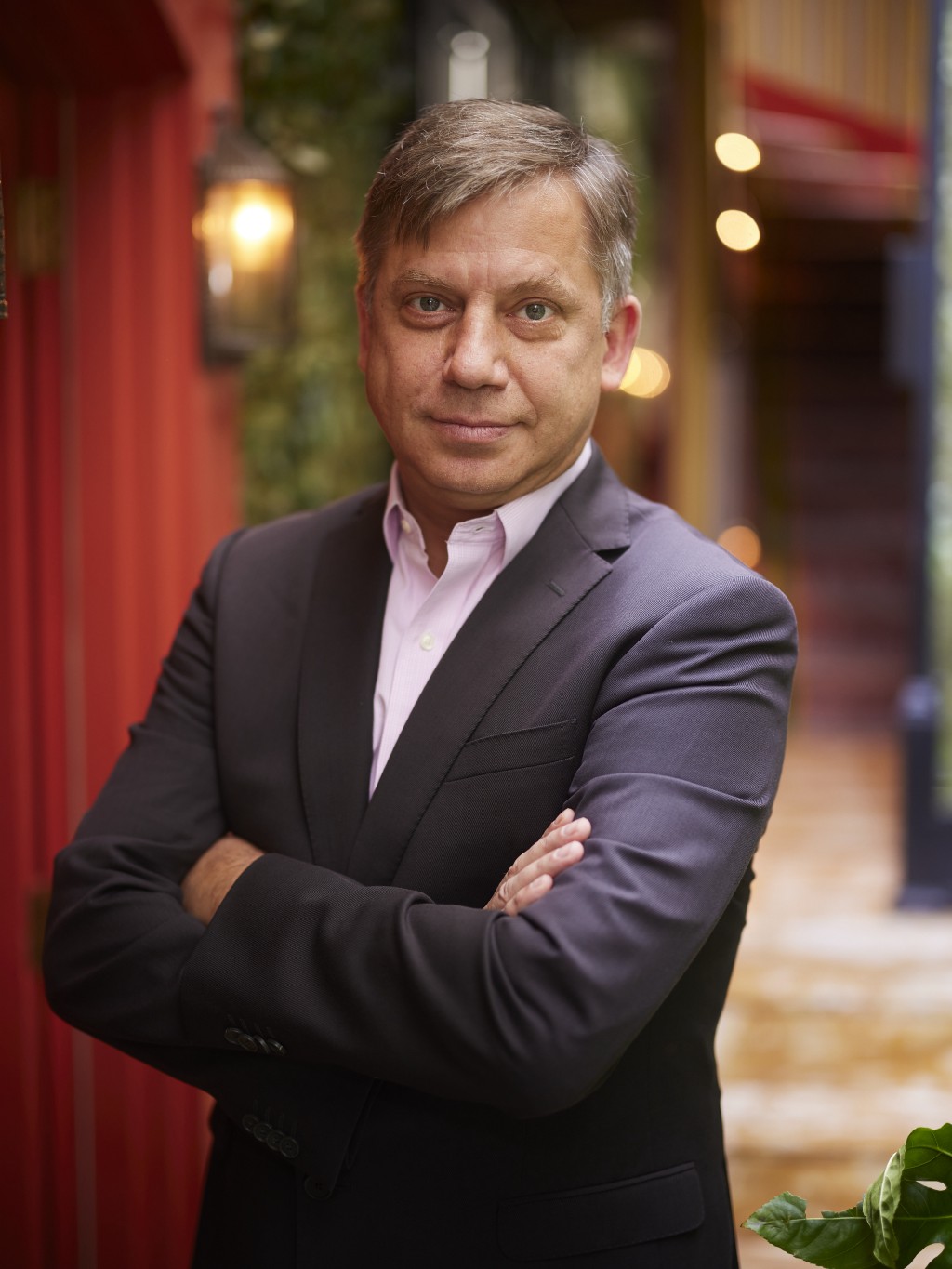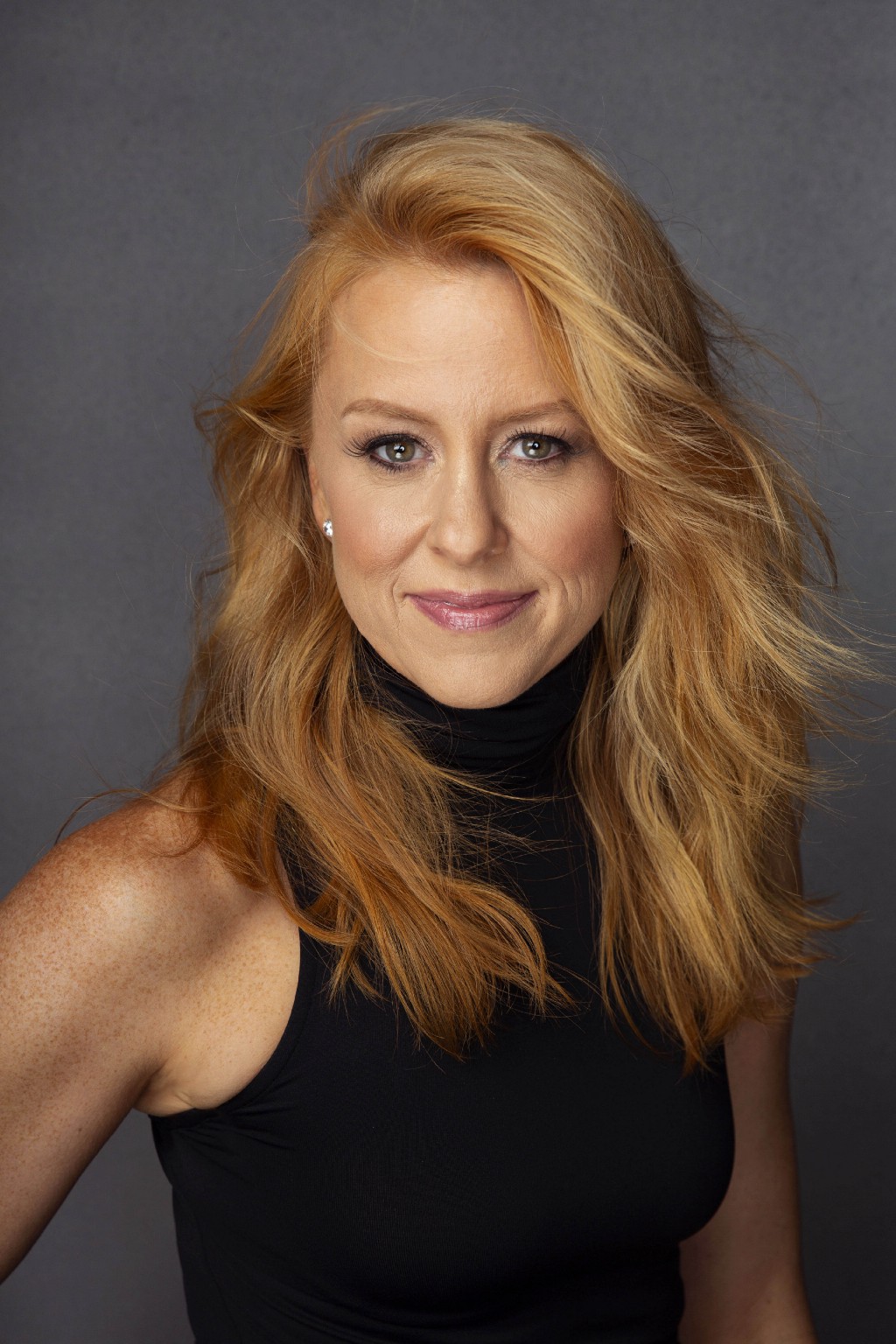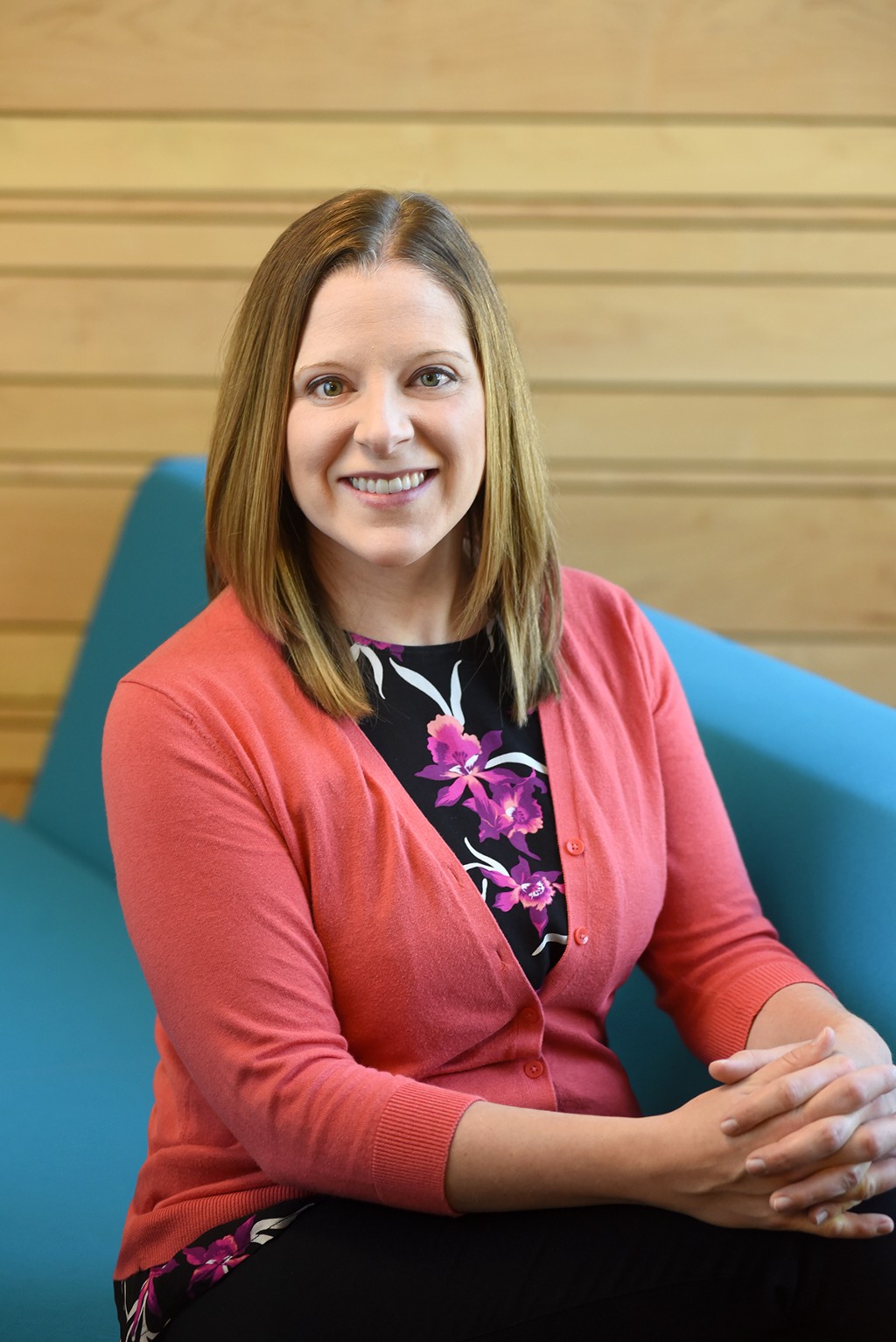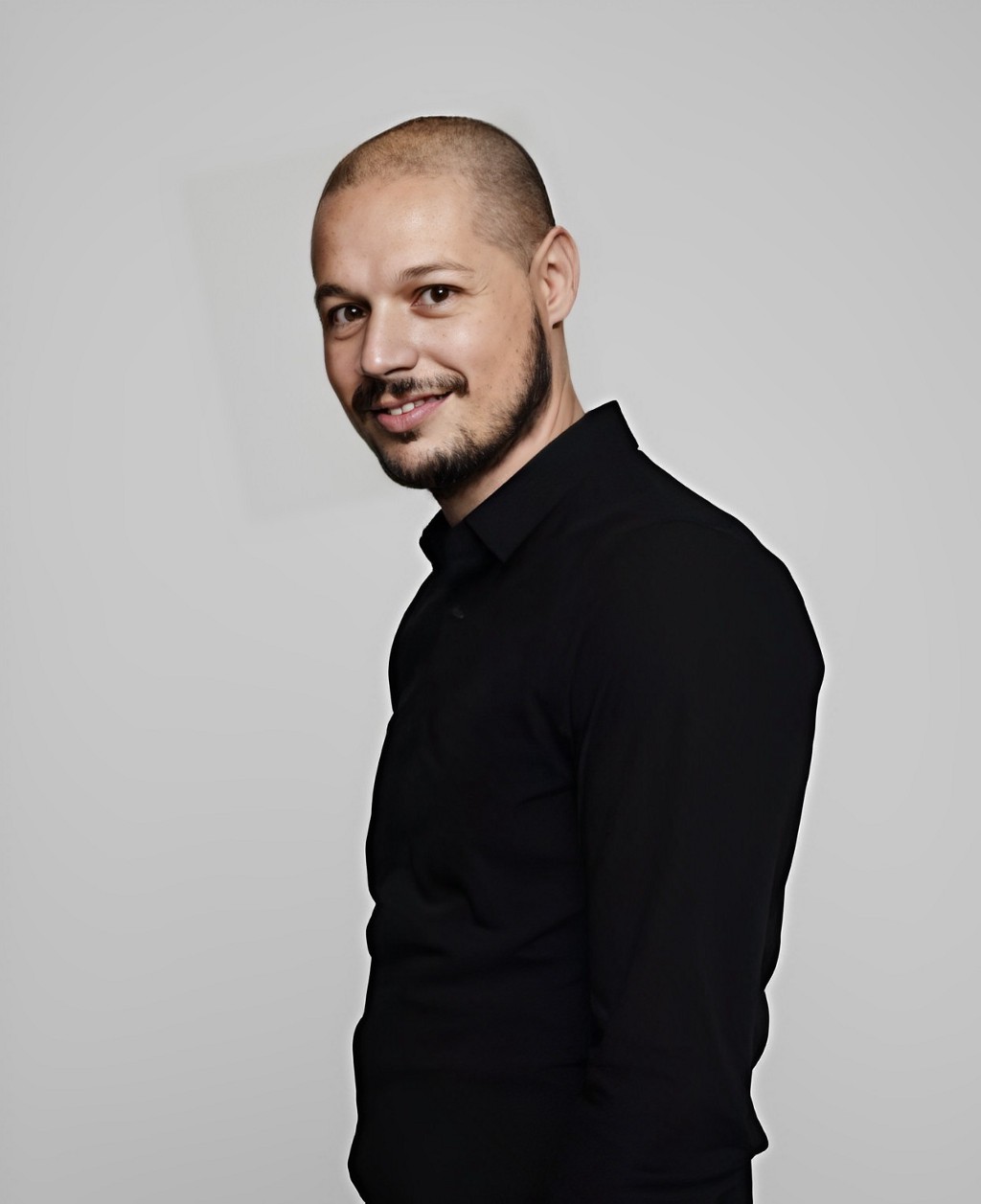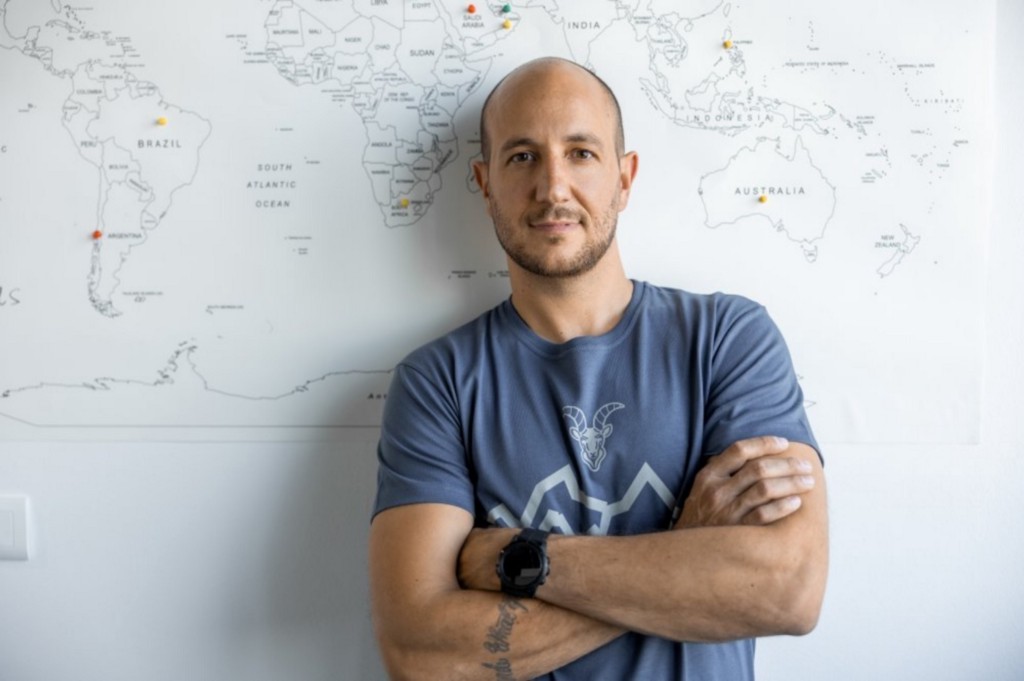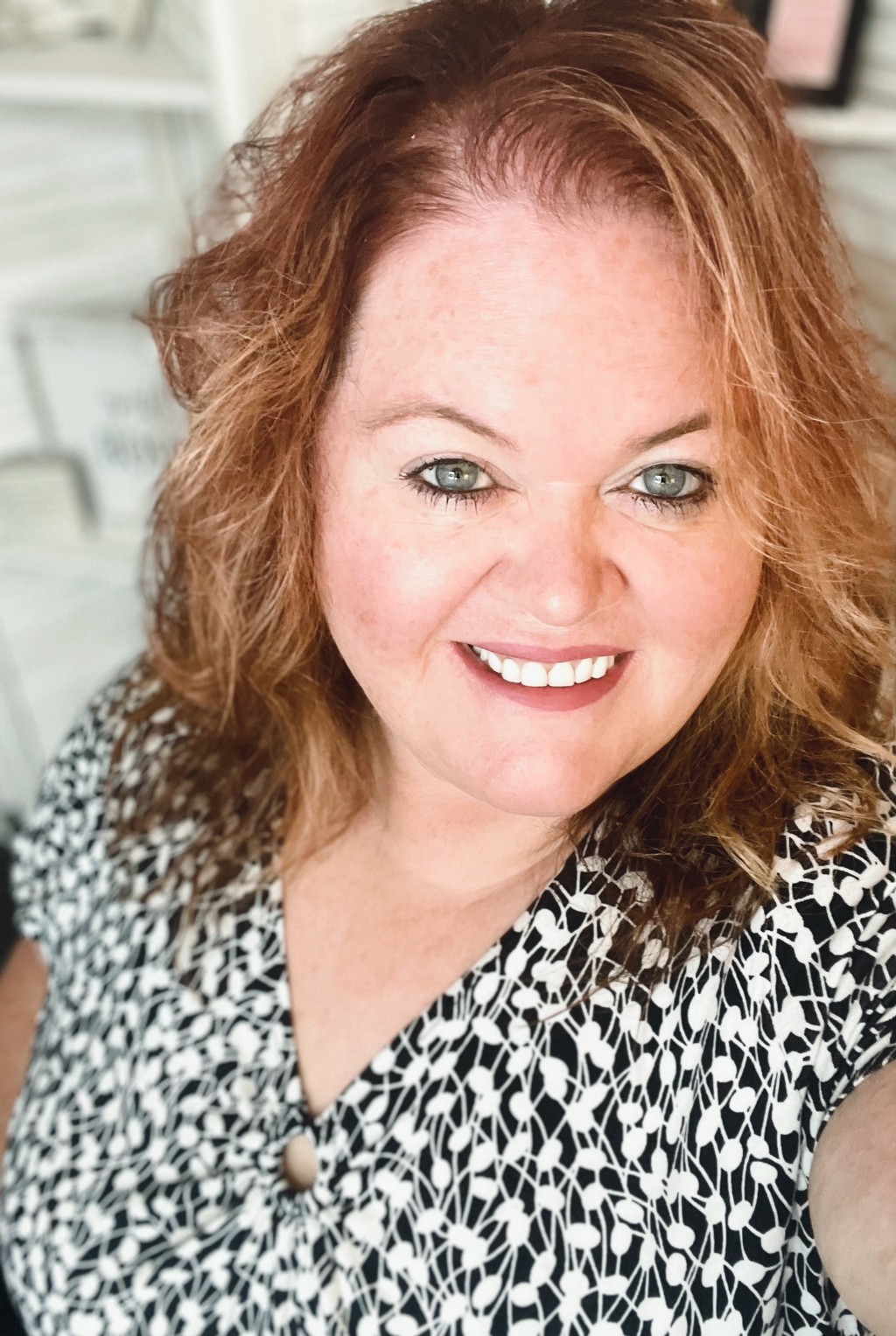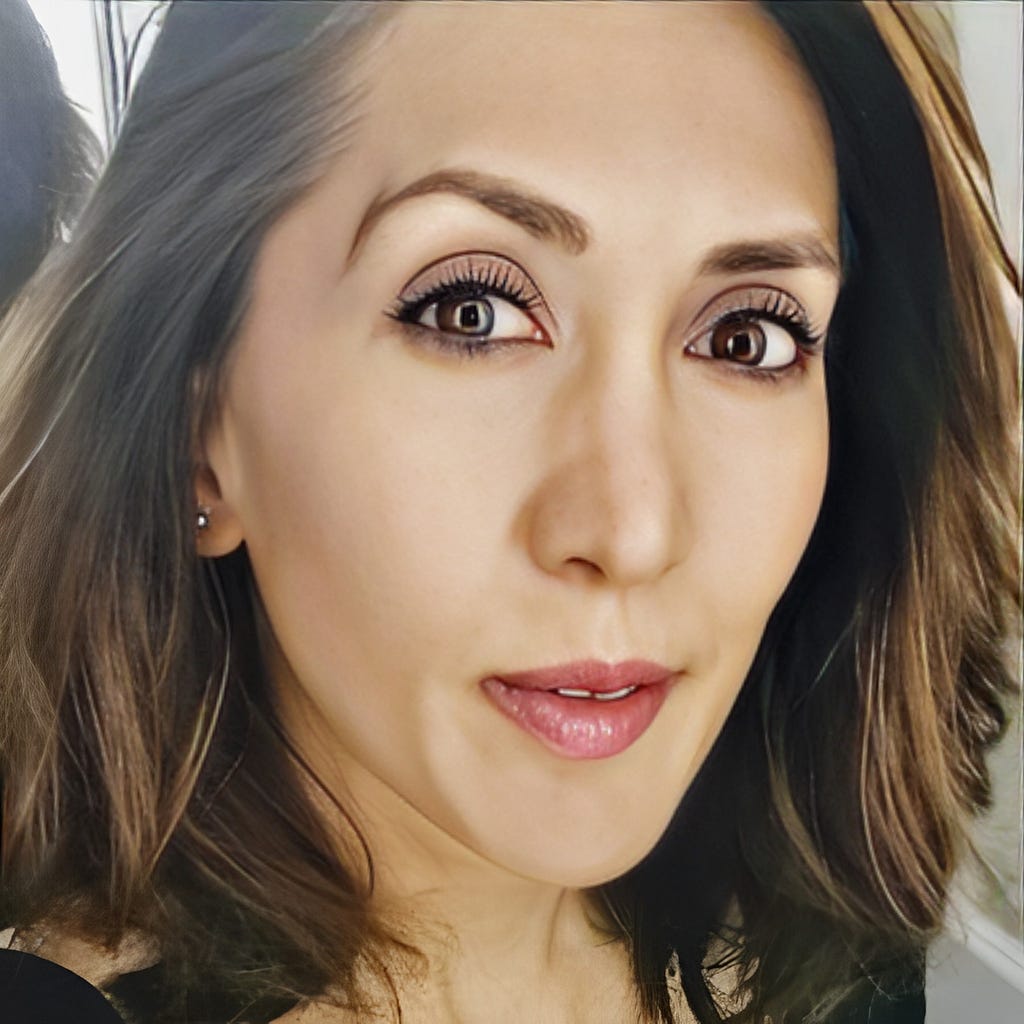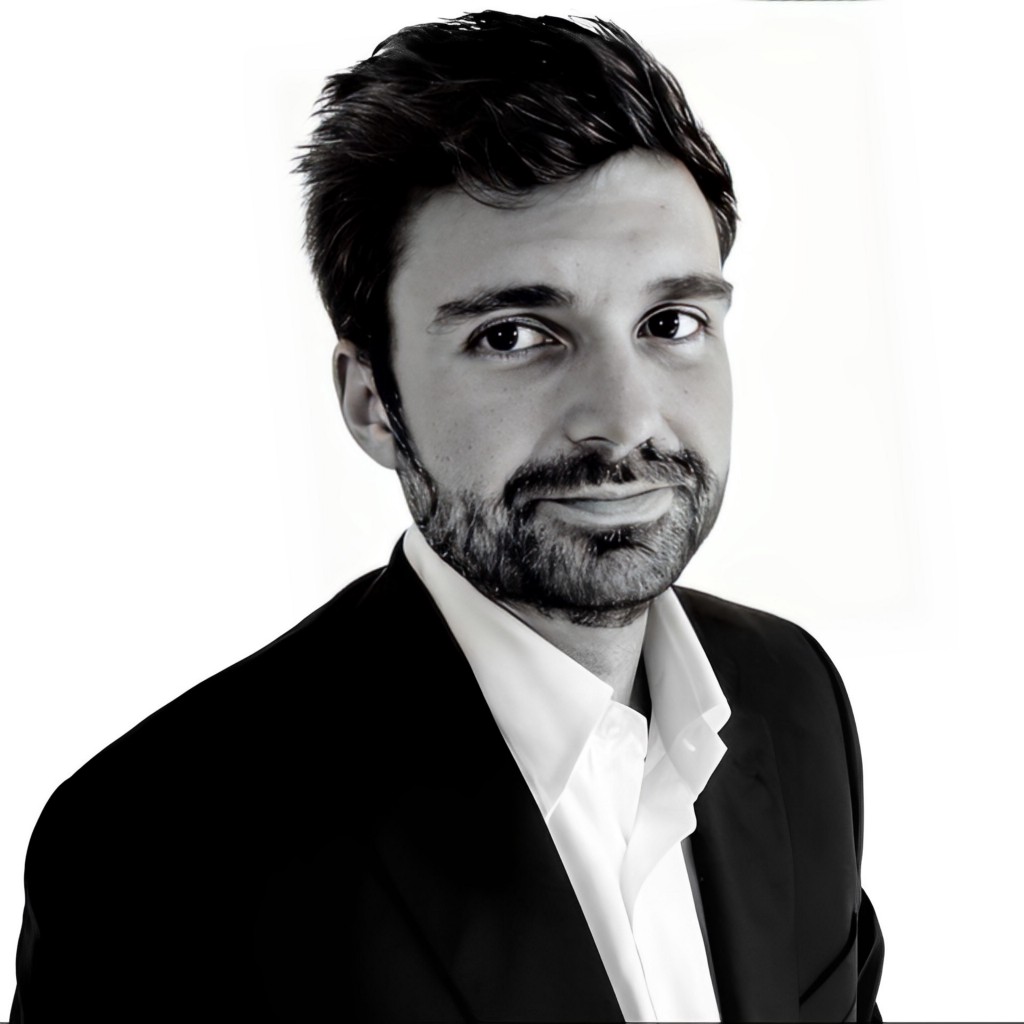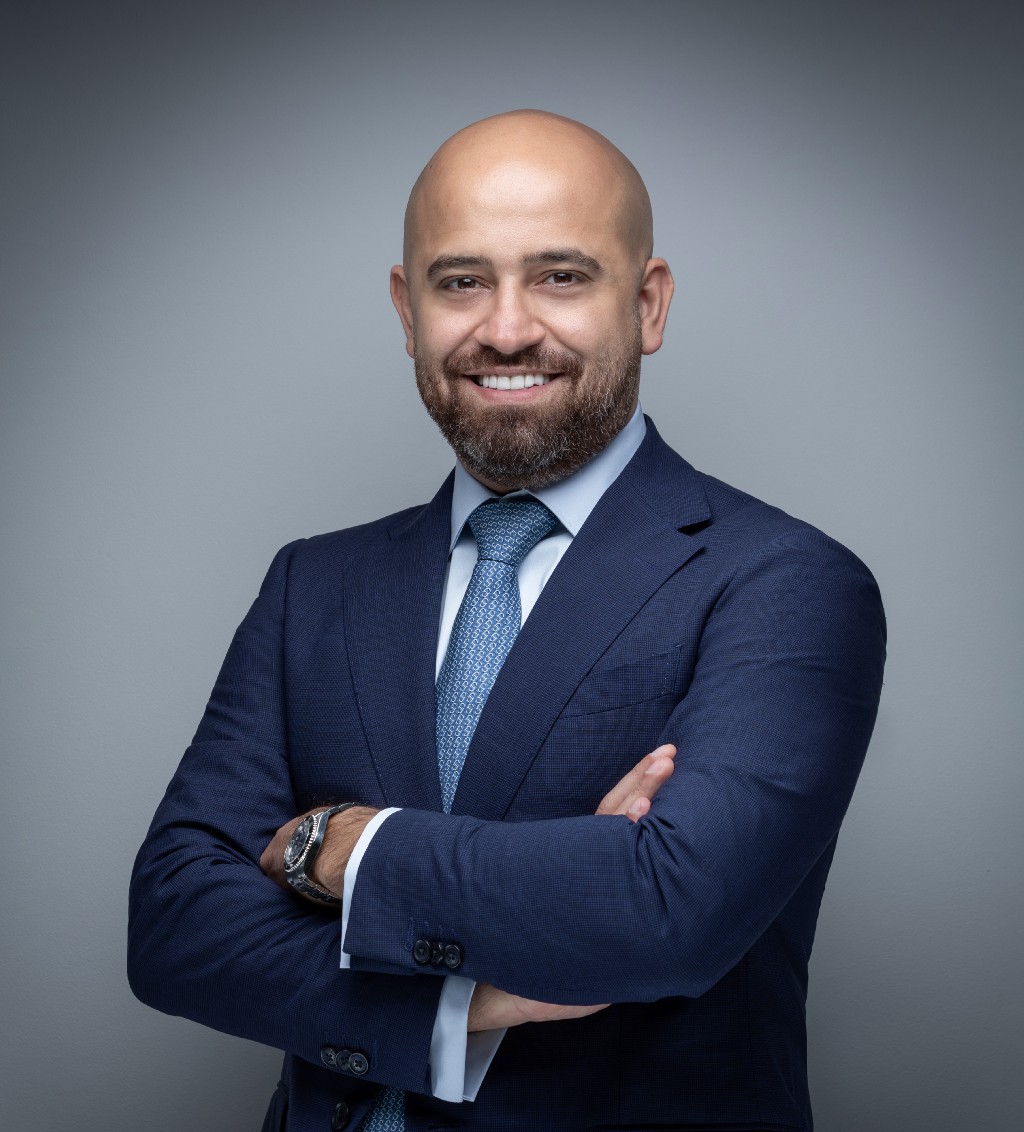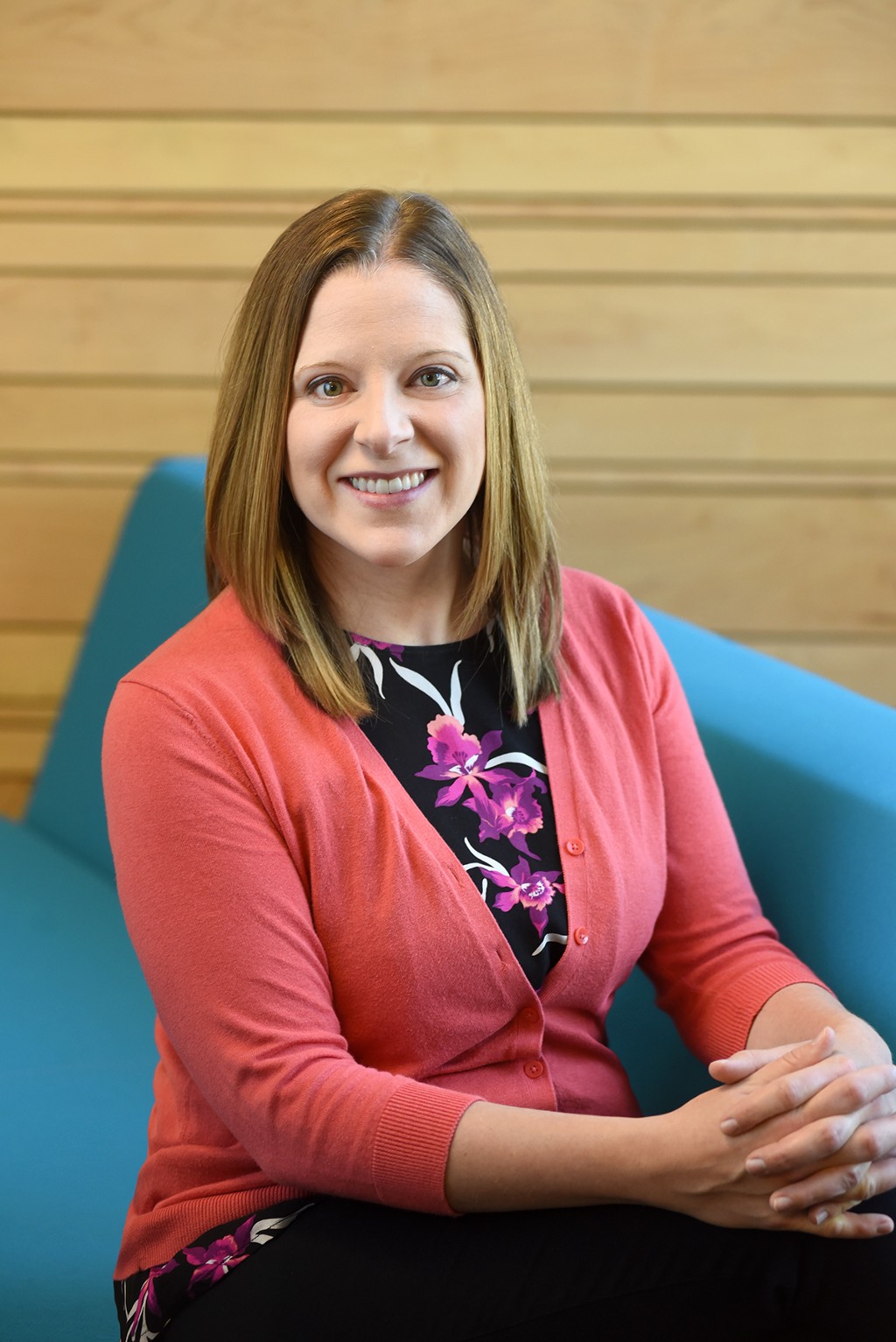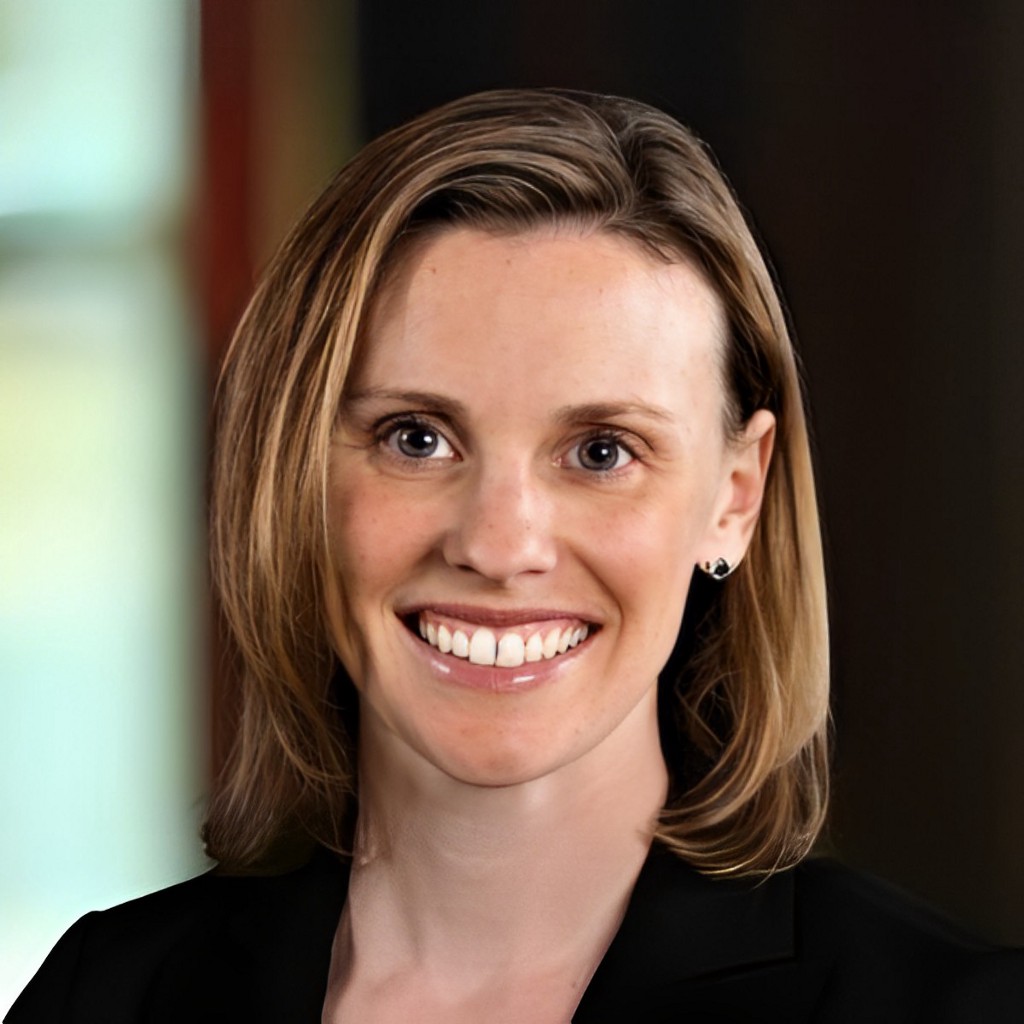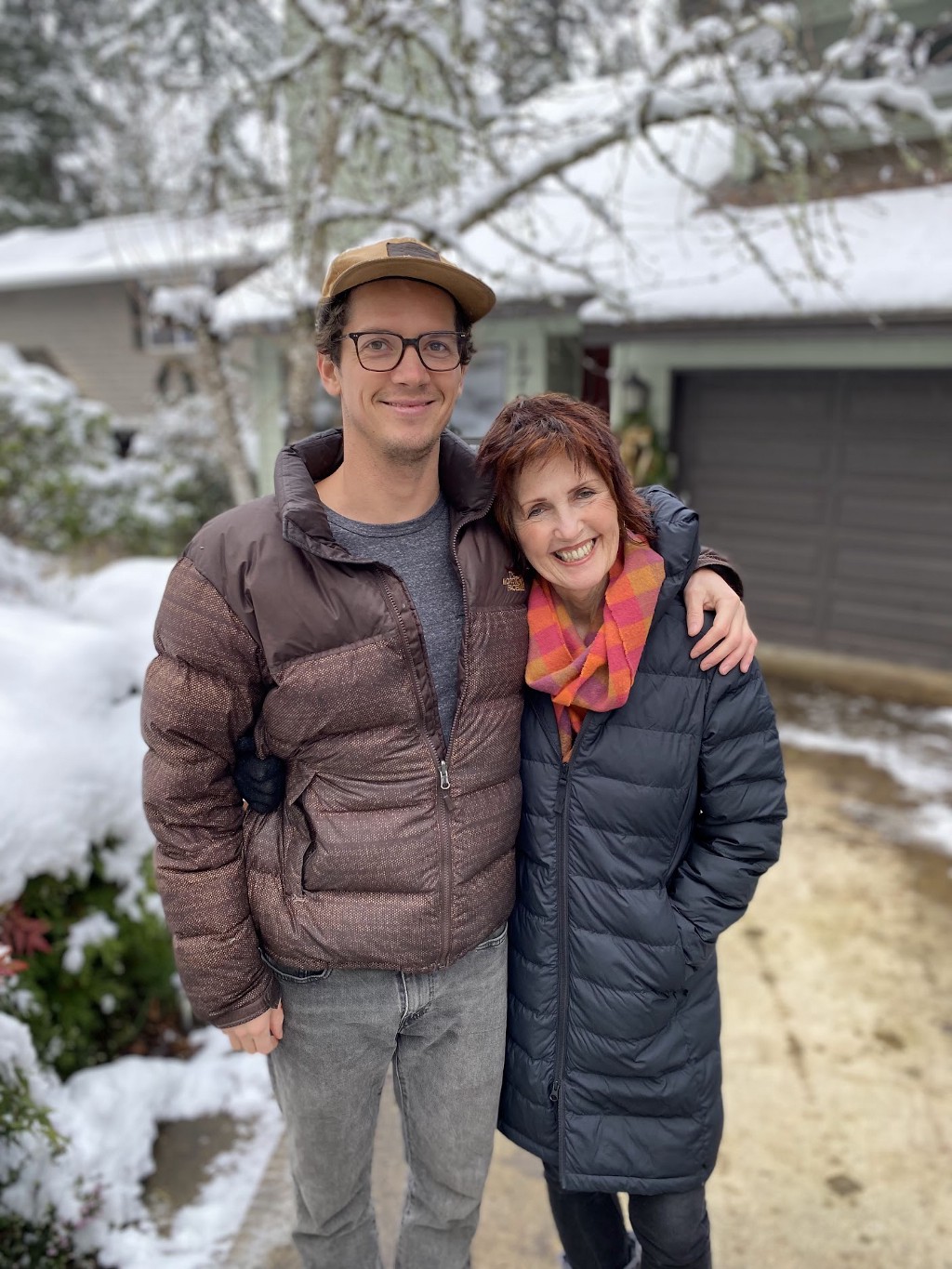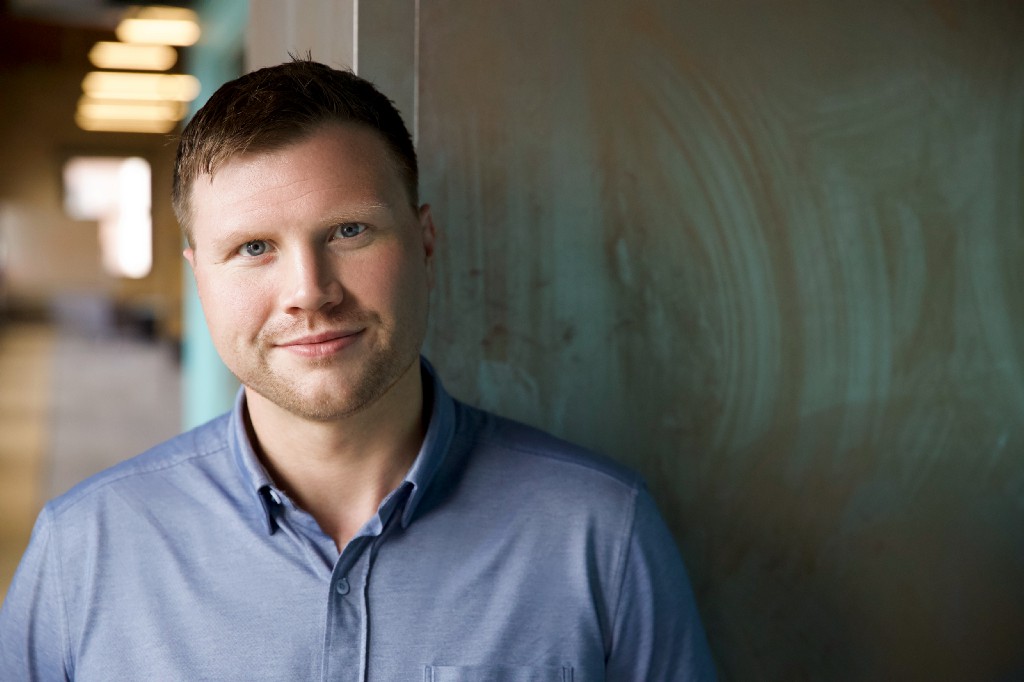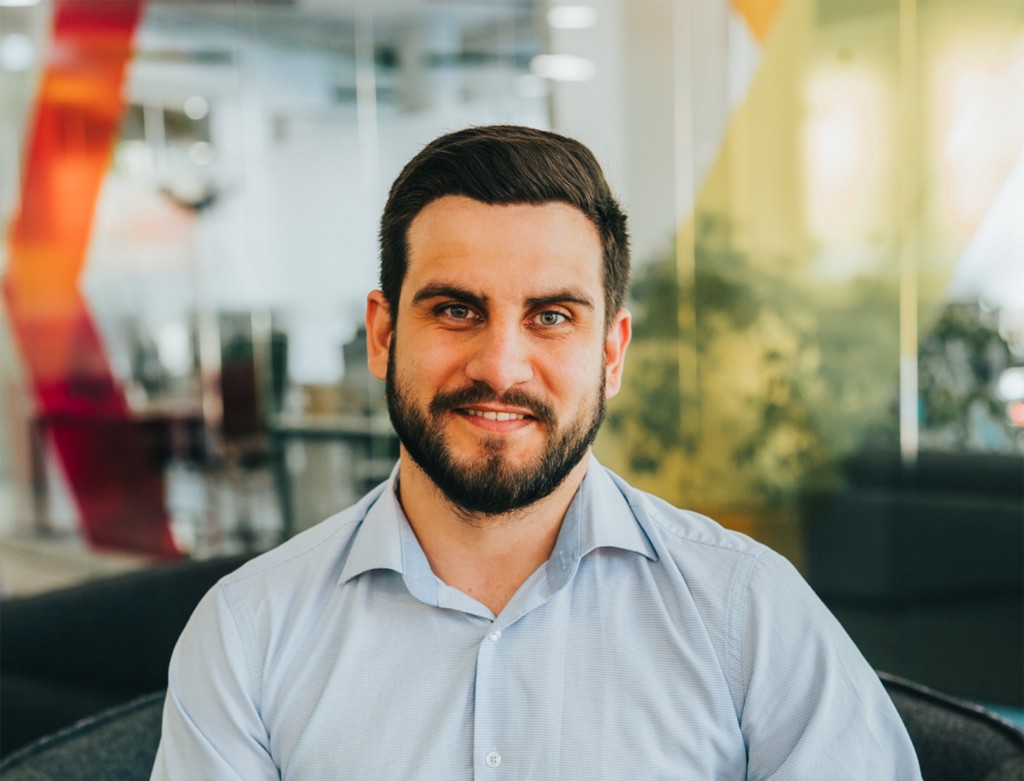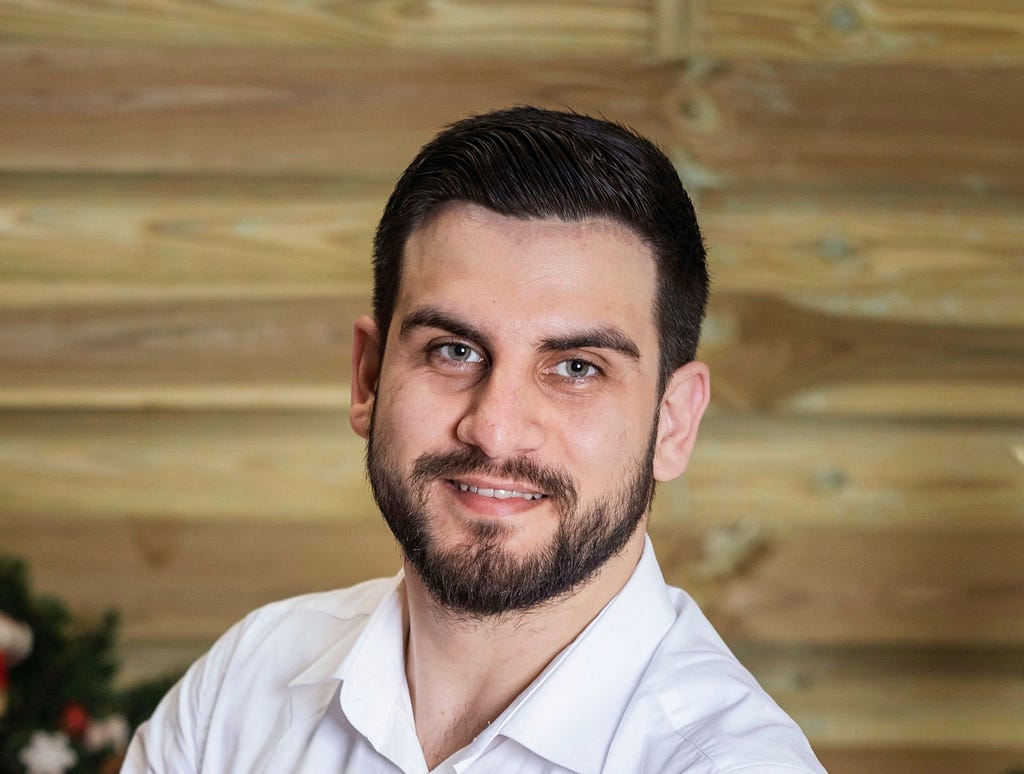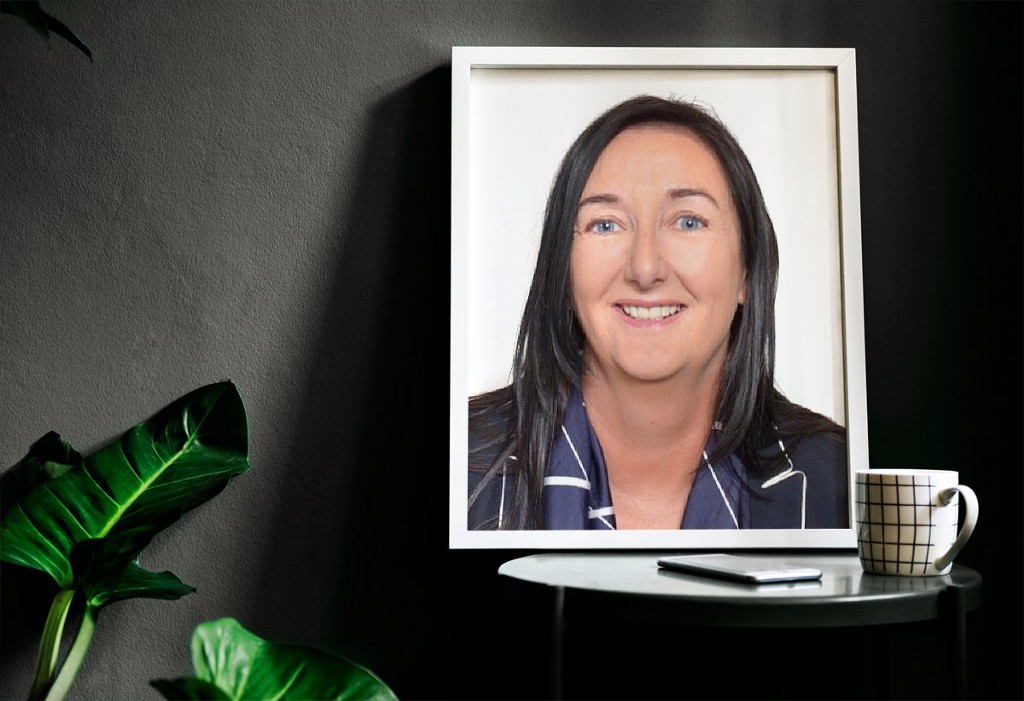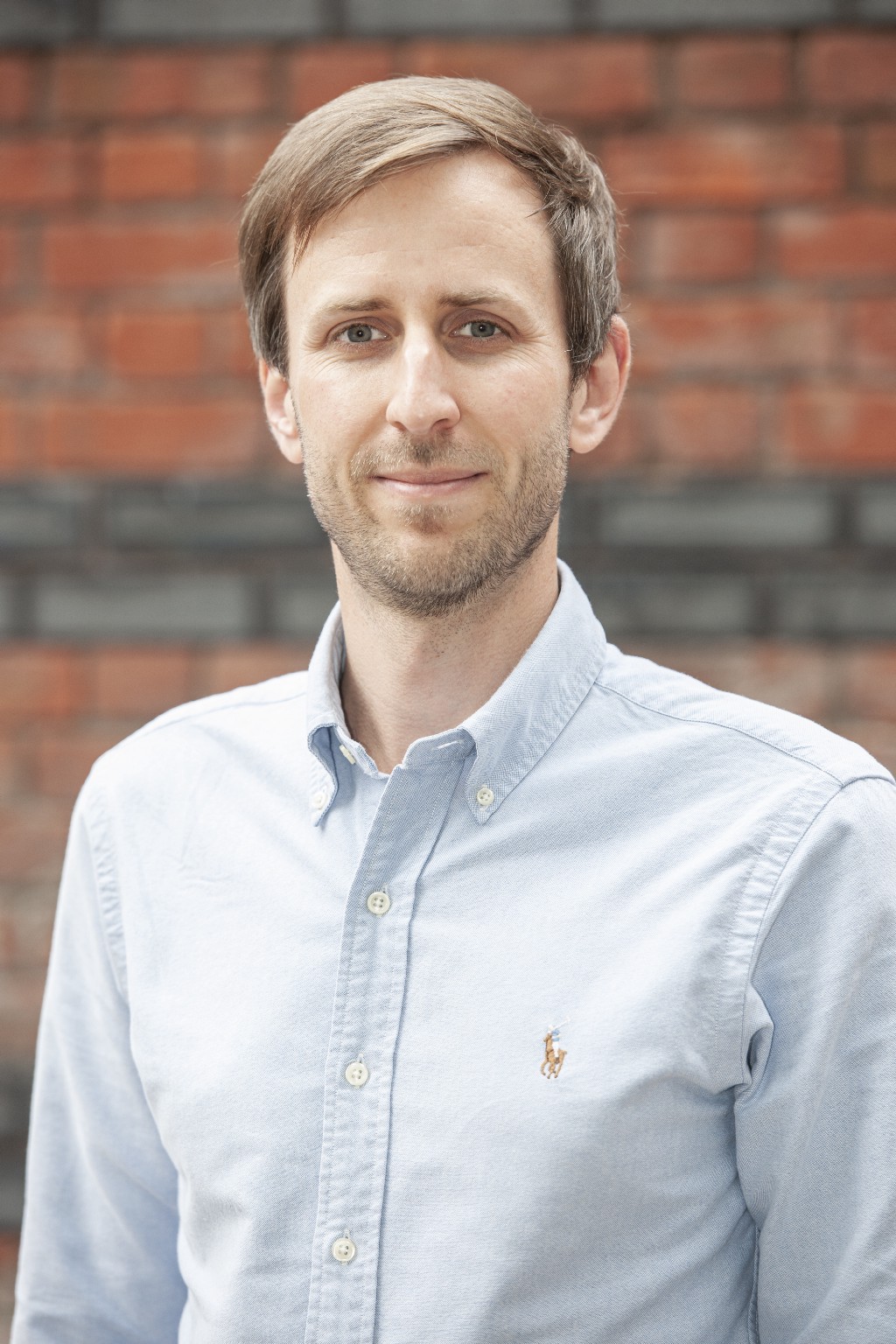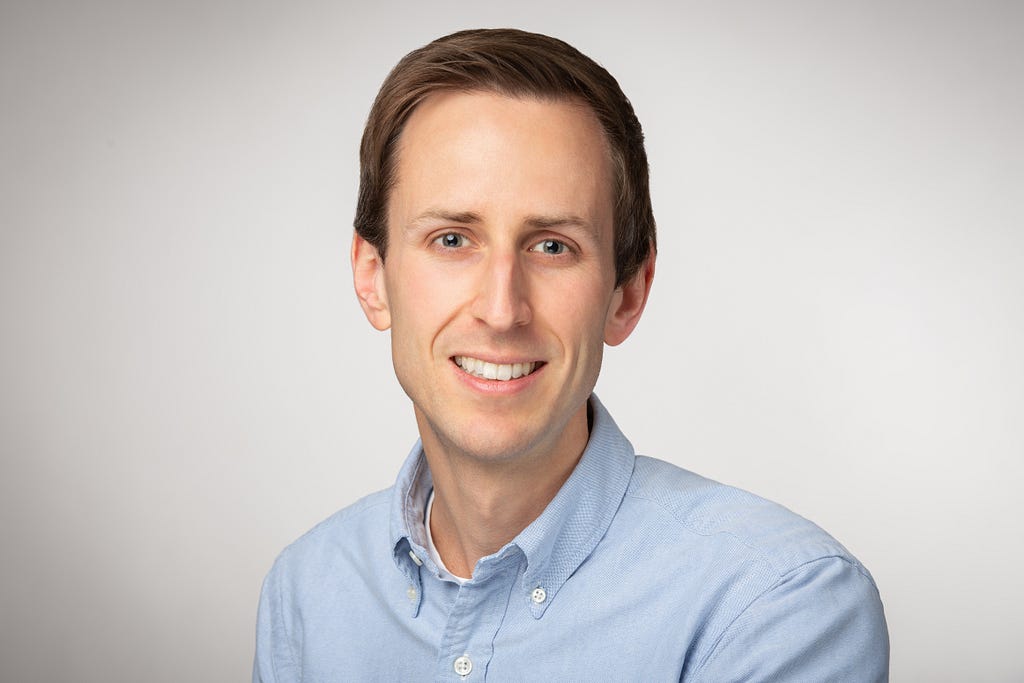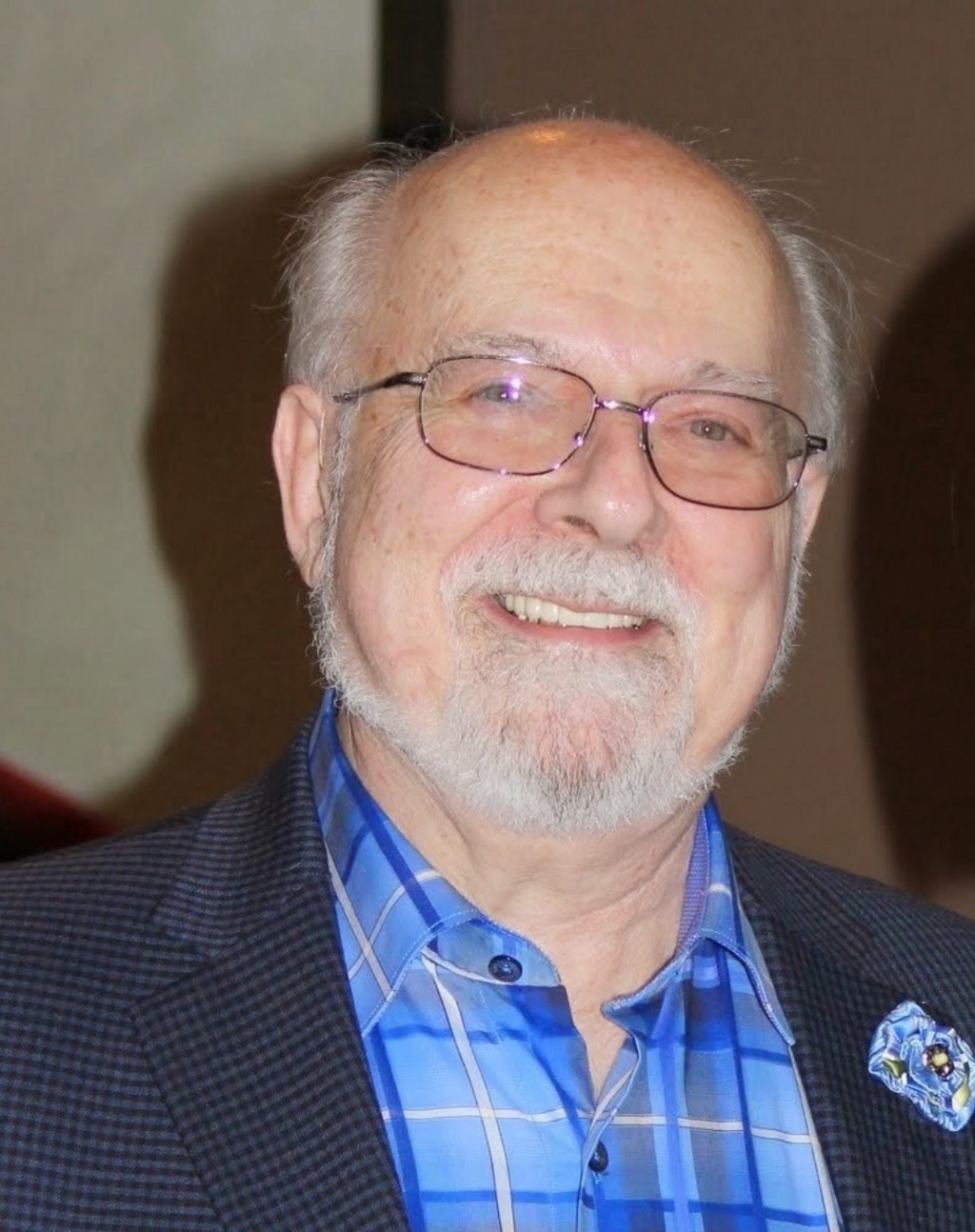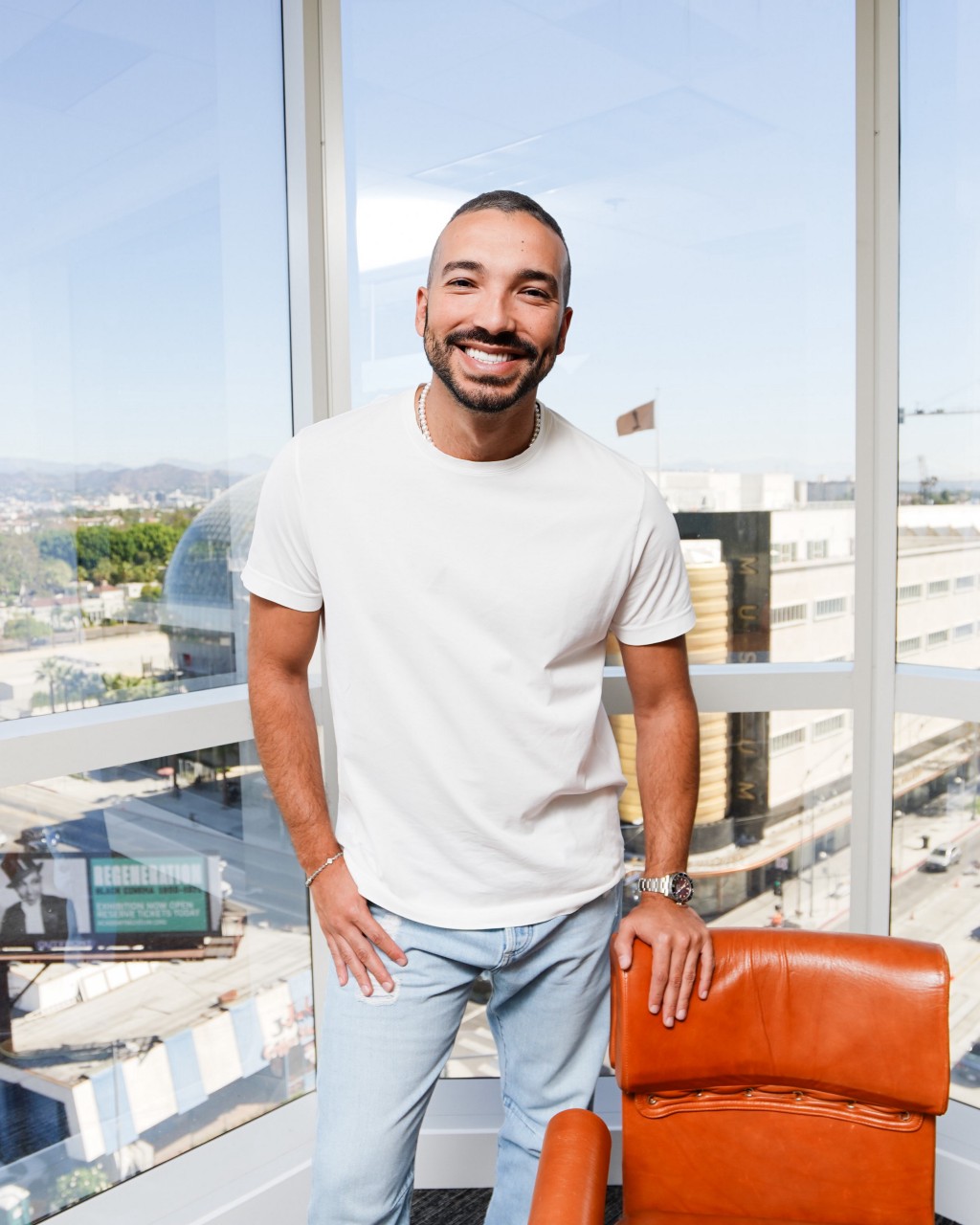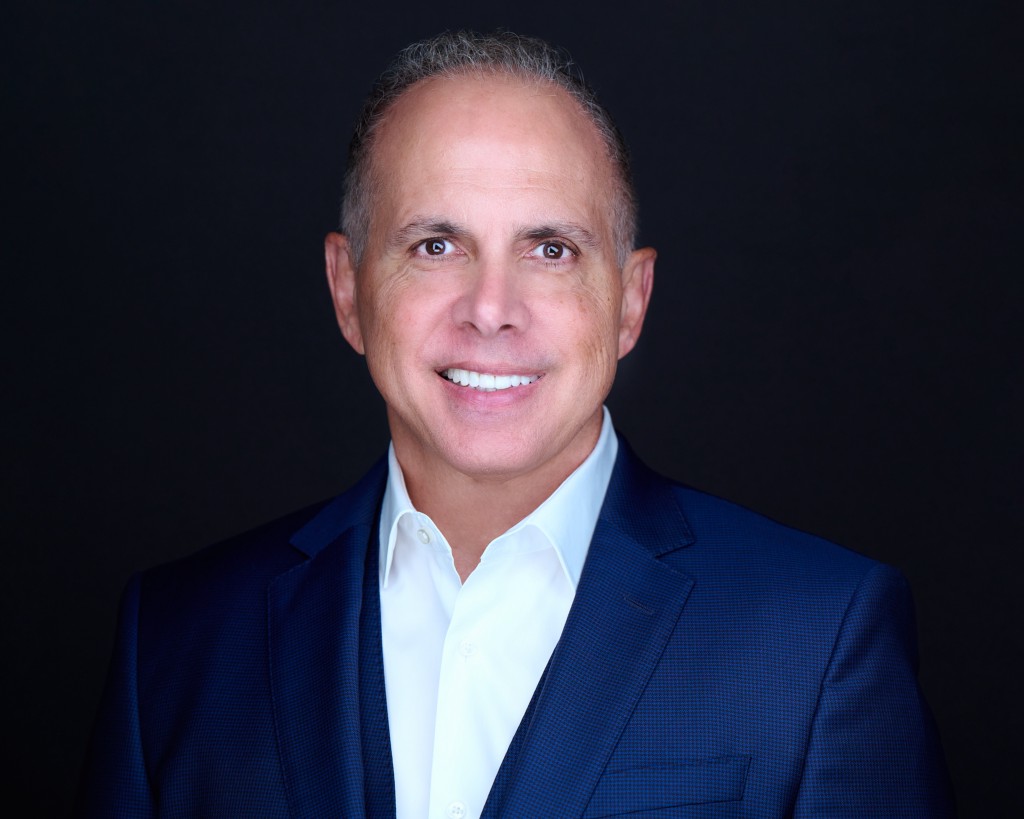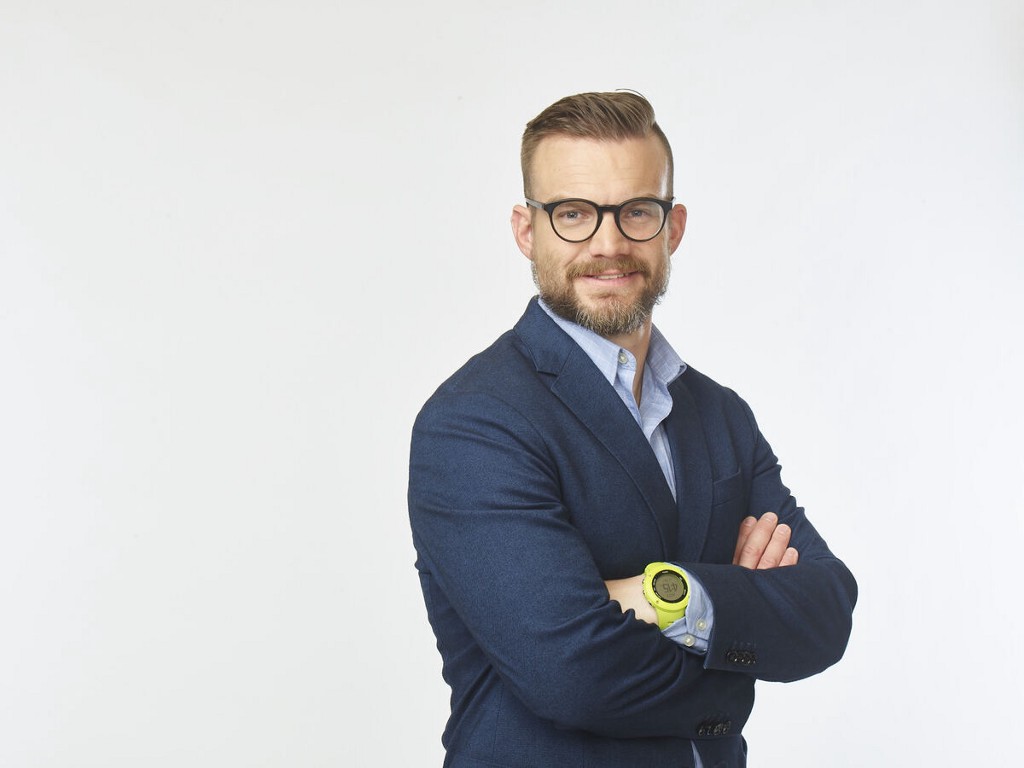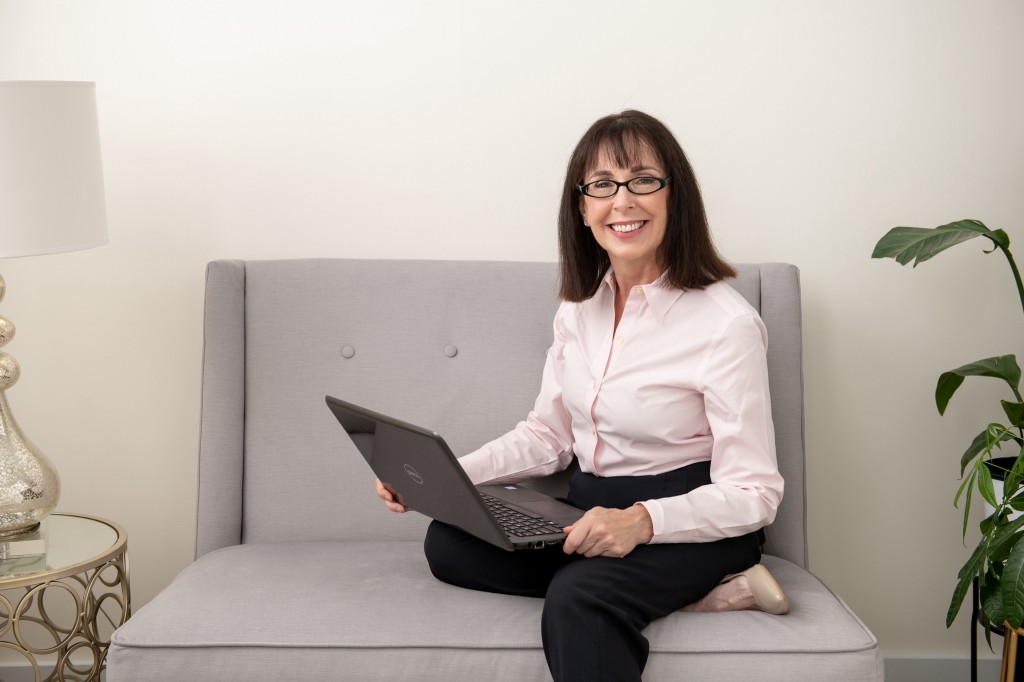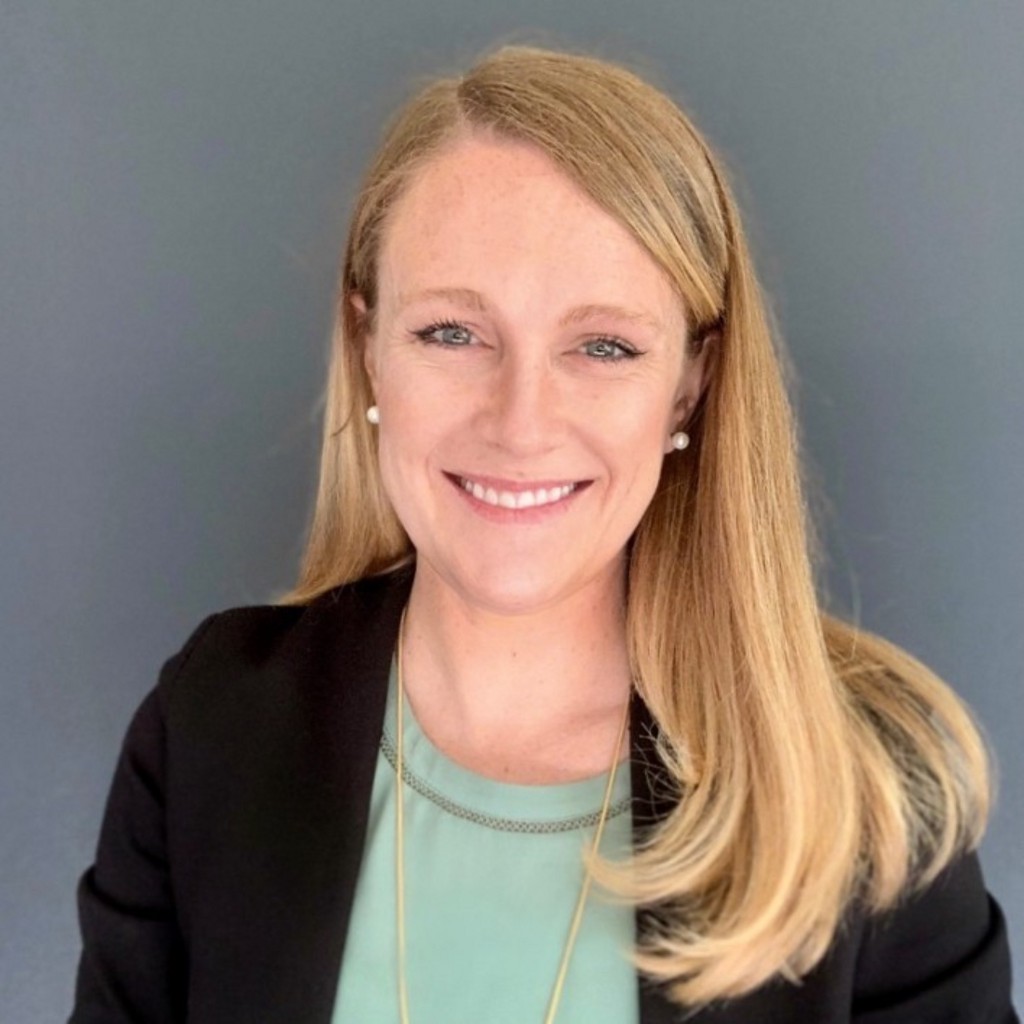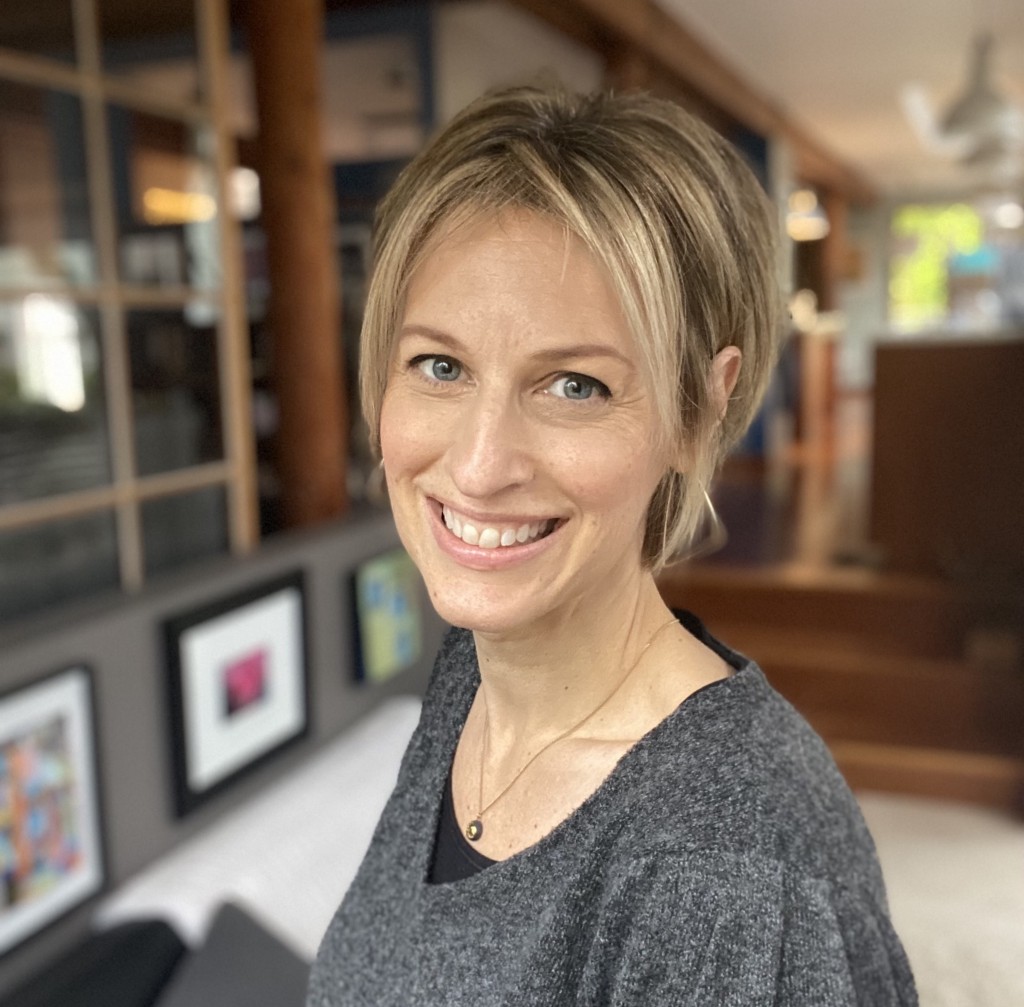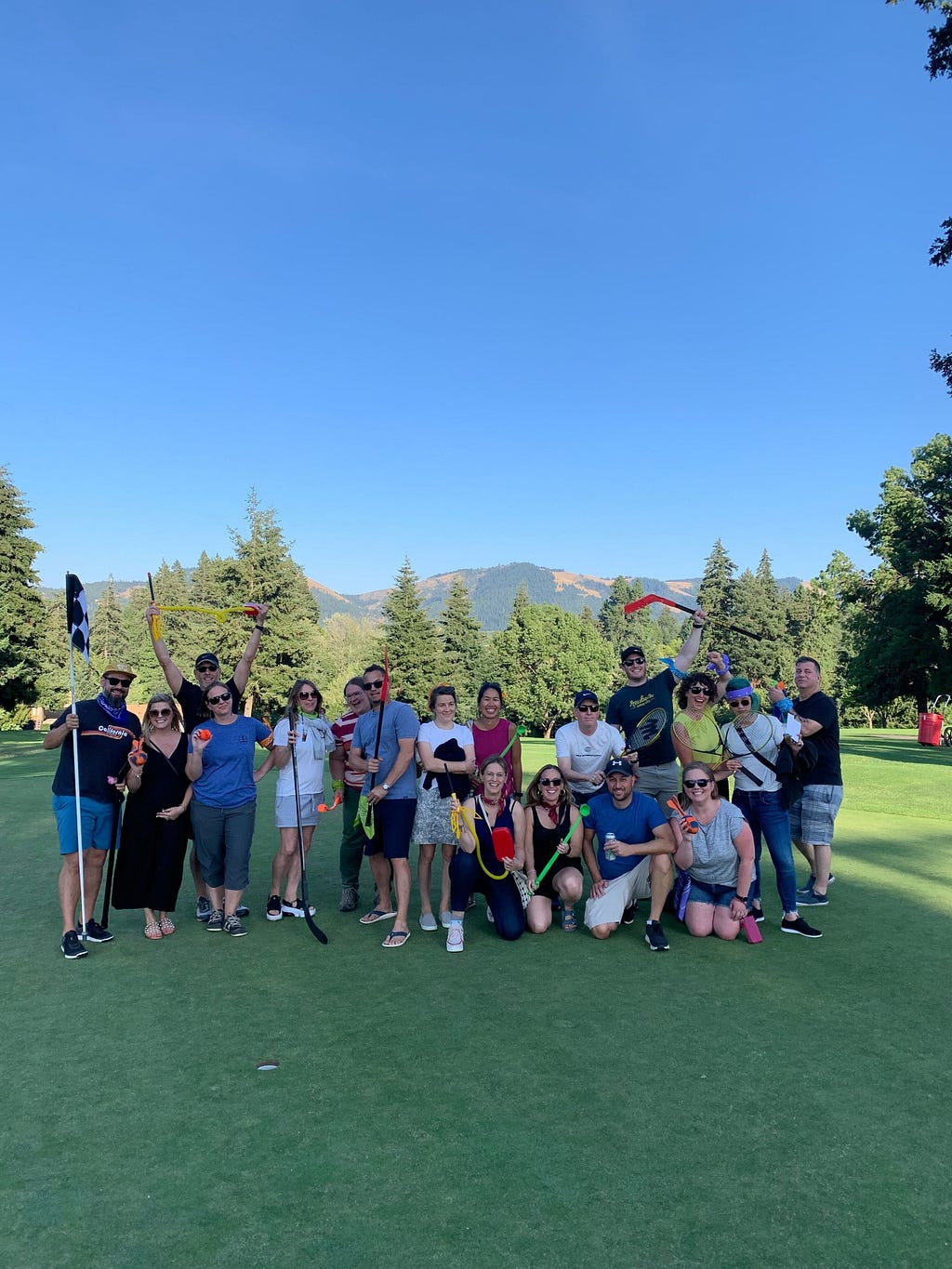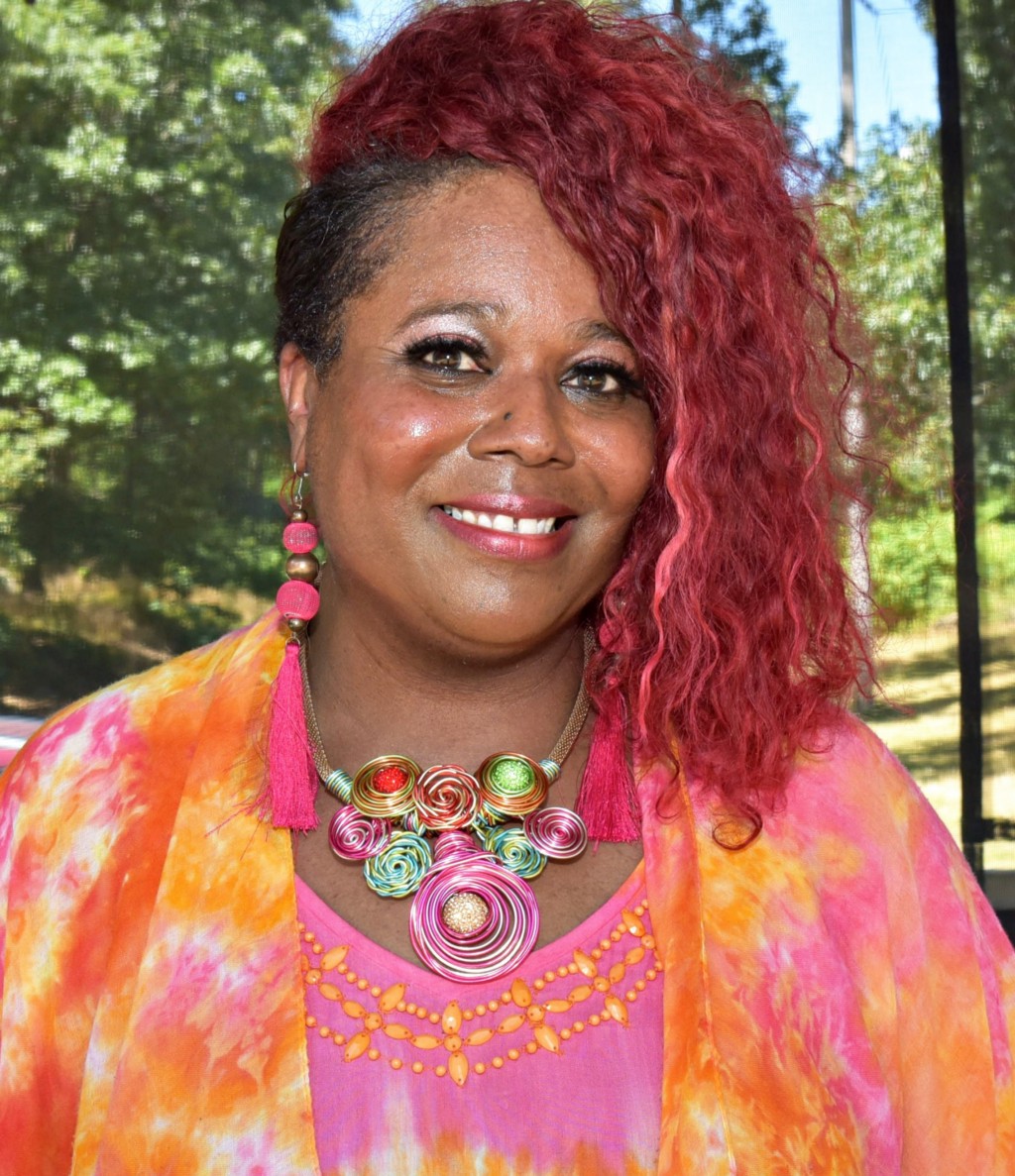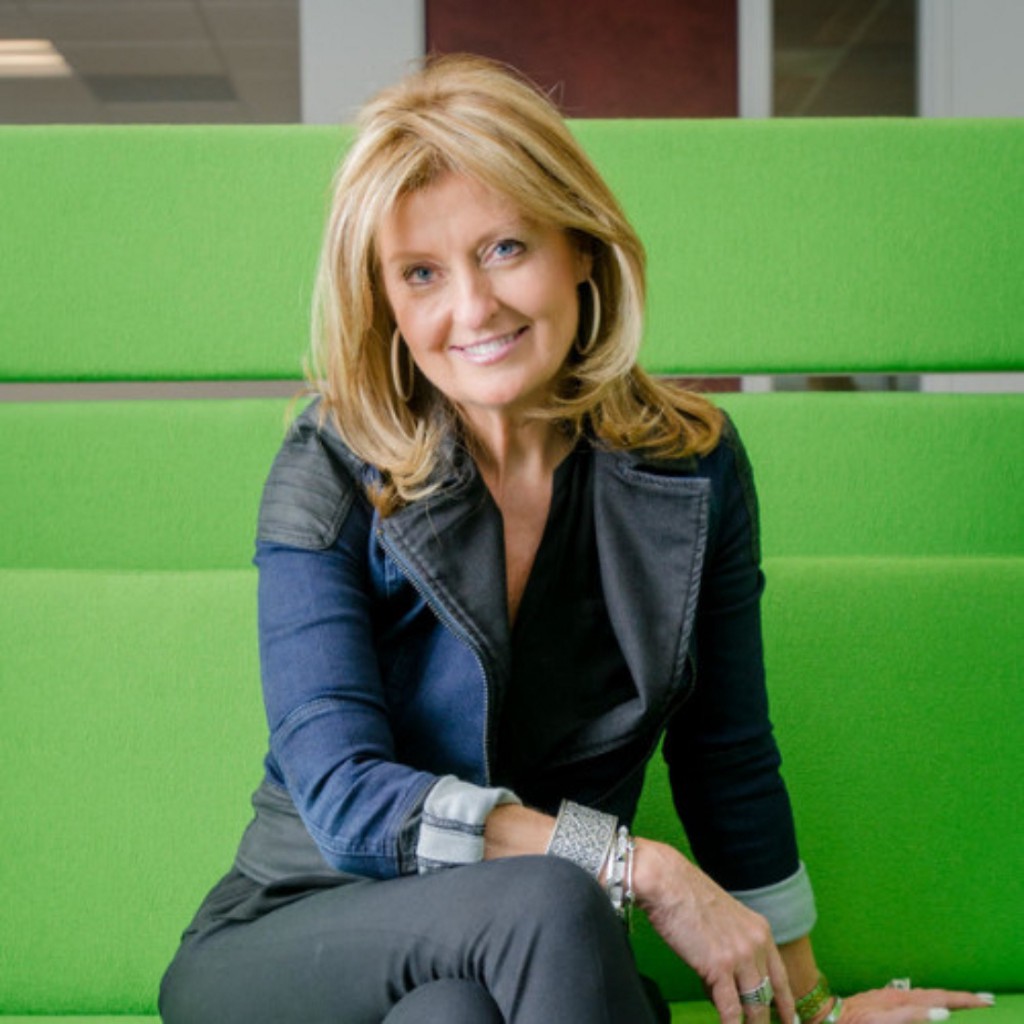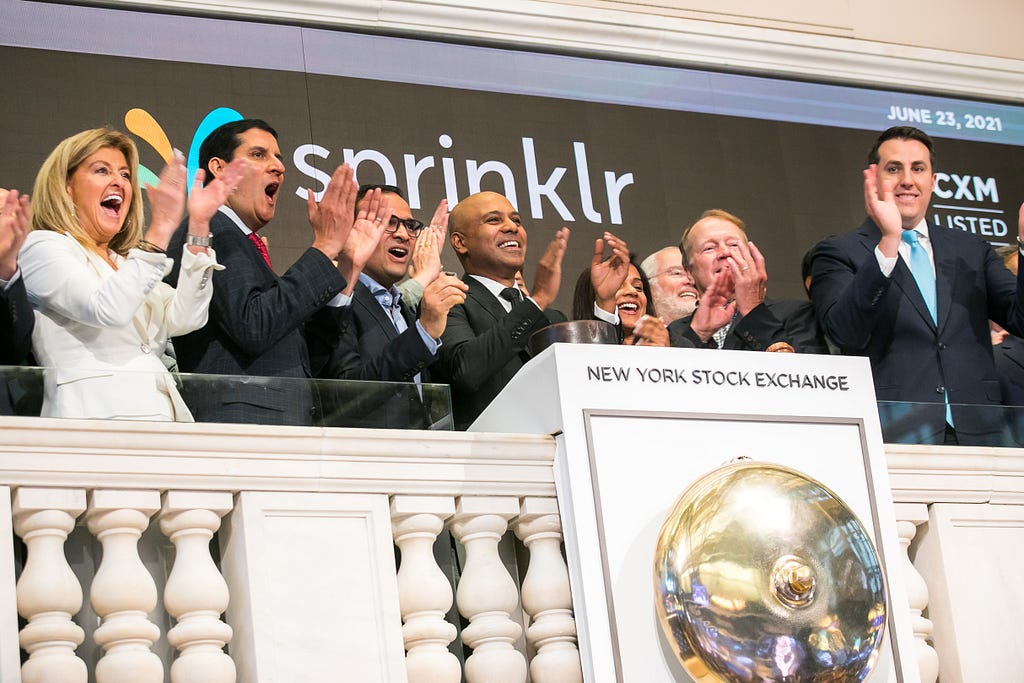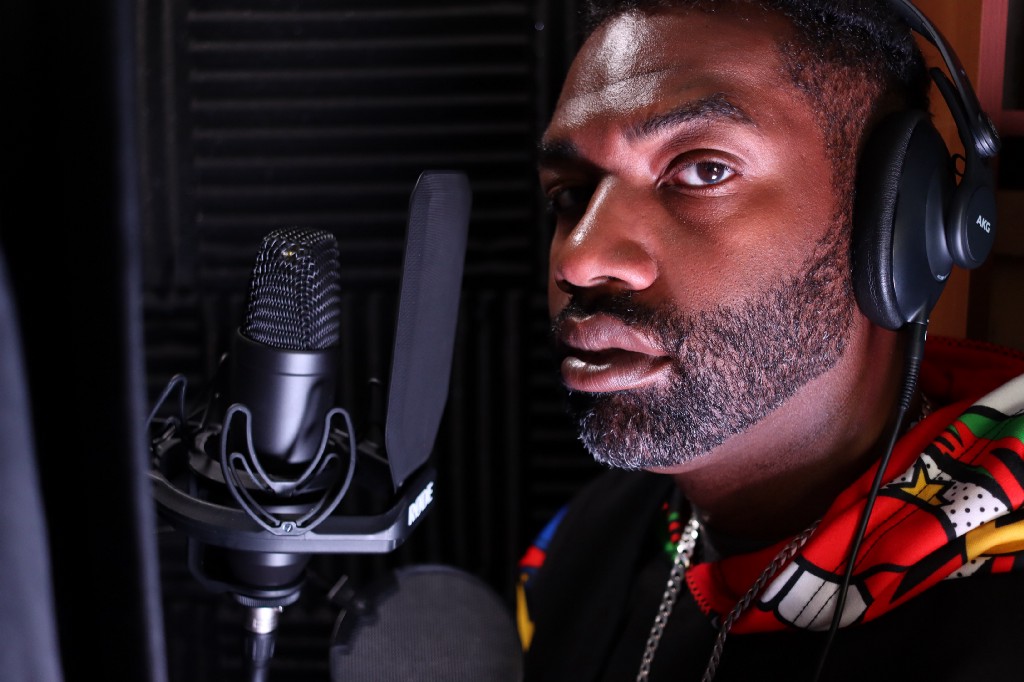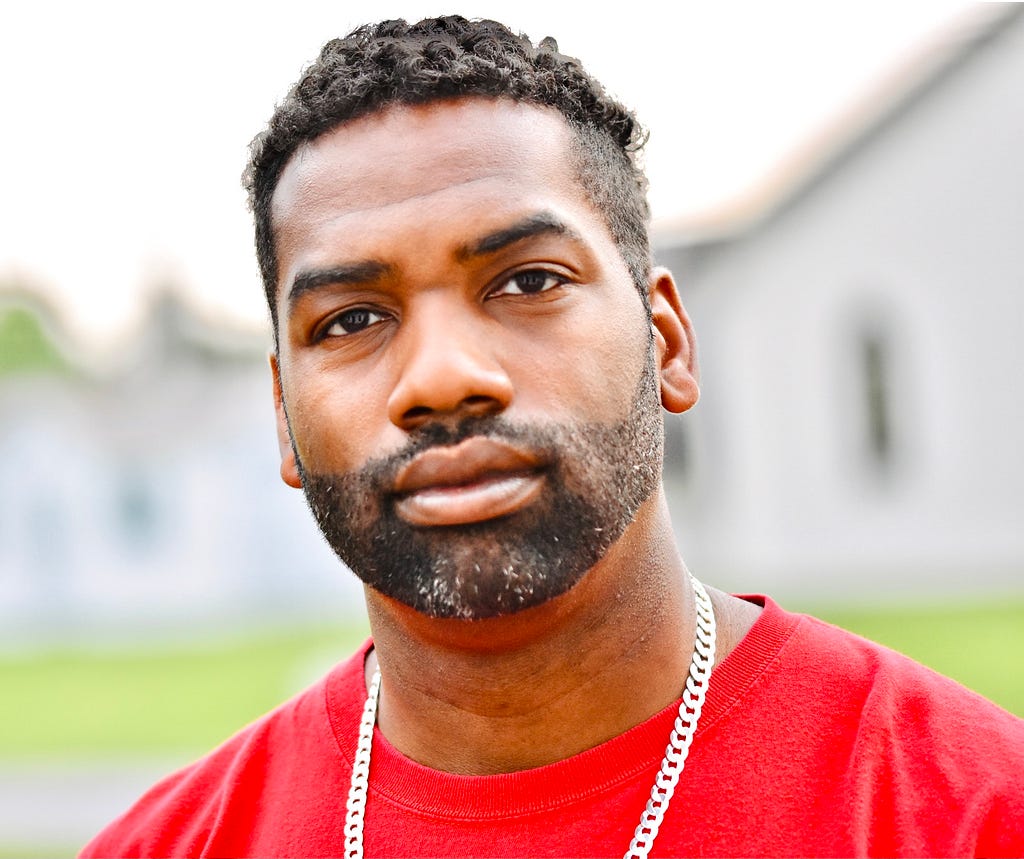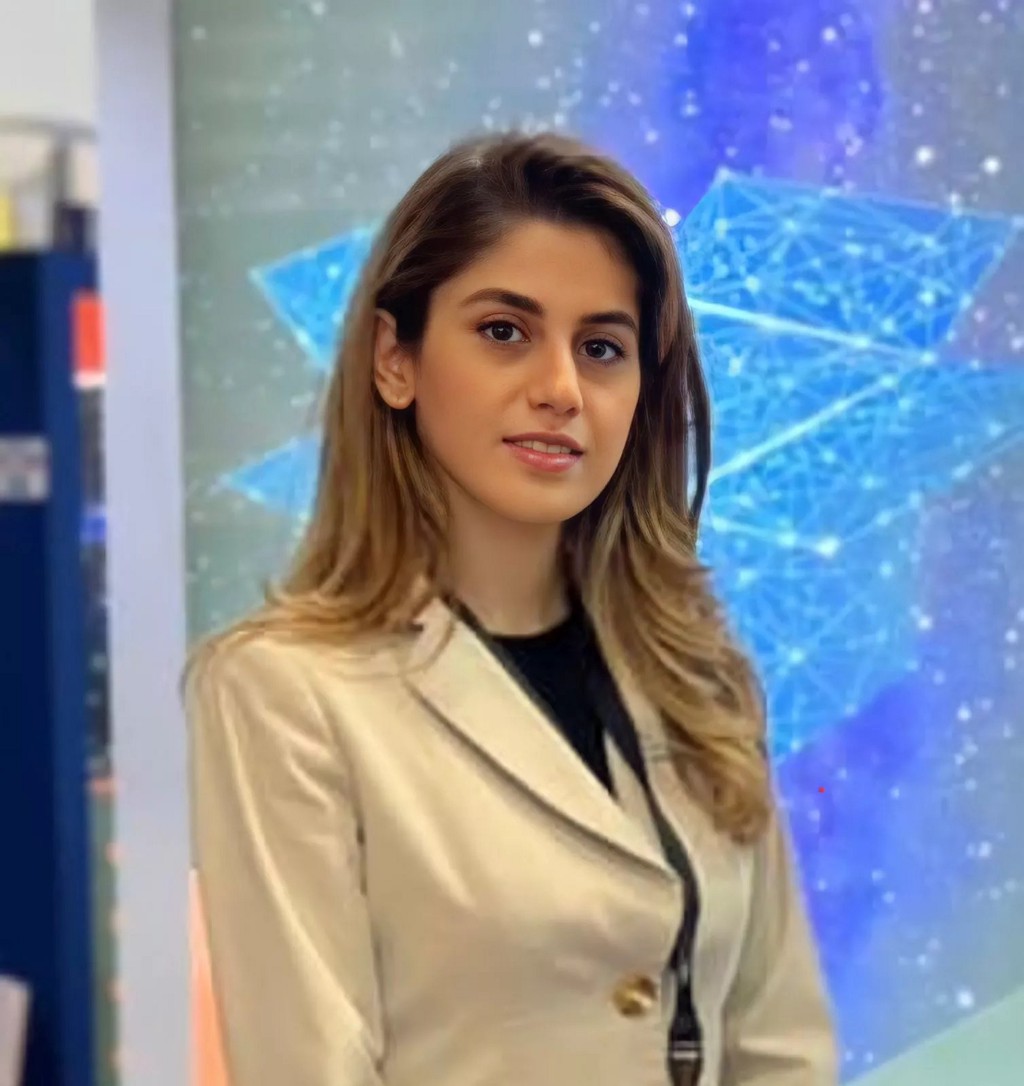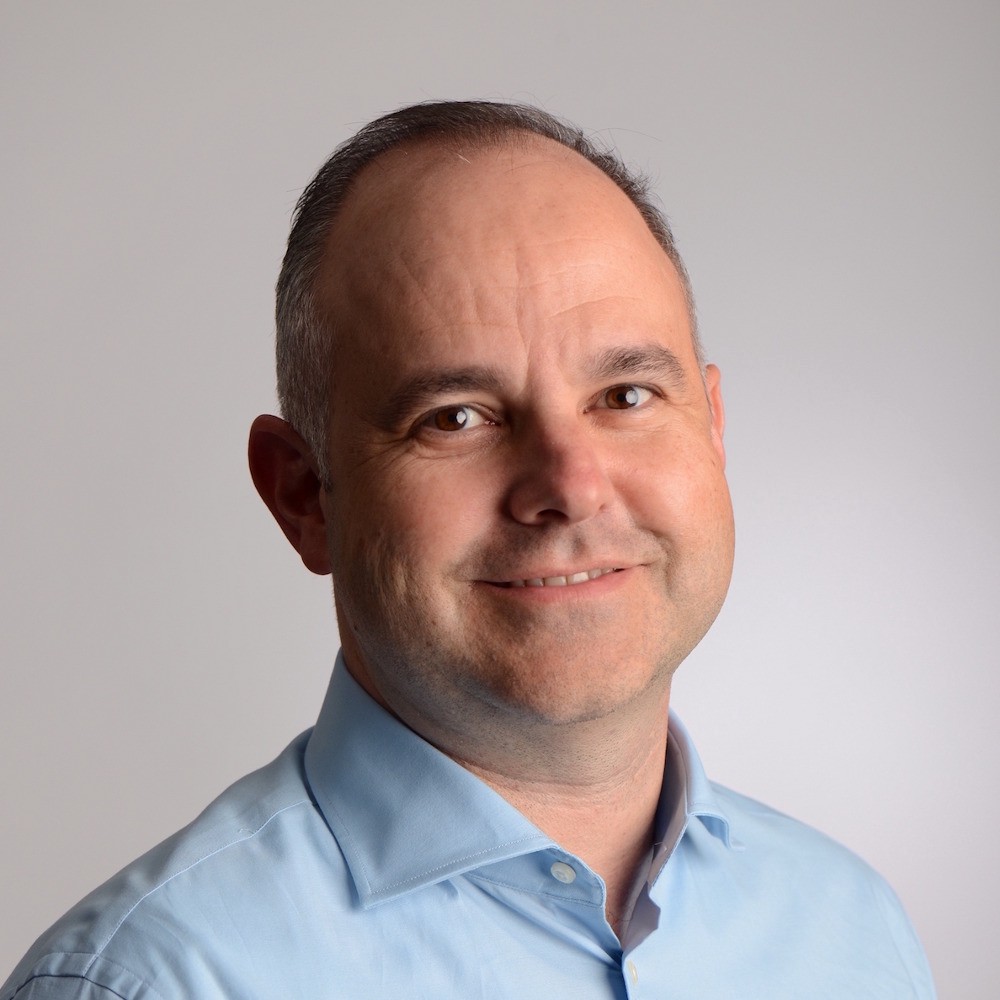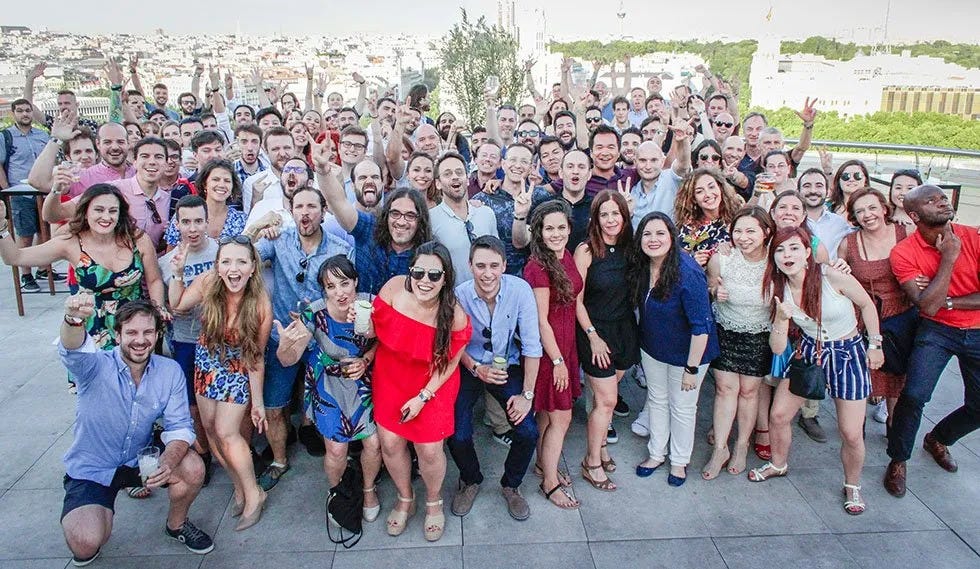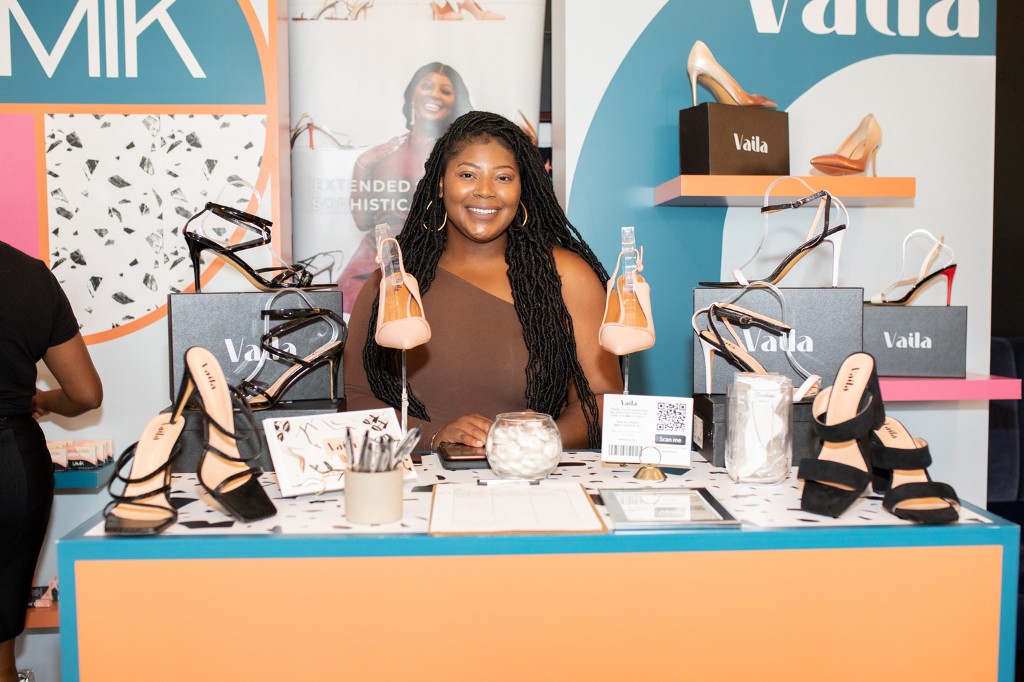An Interview With Fotis Georgiadis
We build the best solutions for our clients. Having teammates worldwide allows us to collect diverse feedback to create the best products for our clients. We wear many hats at Regpack. One of those hats is a Q&A hat. We are responsible for testing our products and services and giving feedback so we know we are creating the best outcome possible.
As a part of our series about “How Diversity Can Increase a Company’s Bottom Line”, I had the pleasure of interviewing Edgar Carrasco.
Edgar Carrasco is the Vice President of Business Development at Regpack, an online payment management platform. An outstanding professional with a passion for success, Edgar brings more than 20 years of experience in client service and banking to Regpack. He holds a BBA from Northwood University, and continues to draw on his talents for strategy and communication to mediate, analyze, and resolve complex business challenges. He also has grown the company’s payments volume from several thousand dollars per month to over $100 million annually.
Thank you so much for doing this with us! Before we dive into the main part of our interview, our readers would love to “get to know you” a bit more. Can you share a bit of your “backstory” with us?
I live in San Diego, California, but my story began as a first-generation American with parents born and raised in Mexico. I was born in Chicago in a predominantly Mexican neighborhood and attended public school through middle school.
In high school, I left Chicago and attended an all-male Catholic boarding school in Wisconsin called St. Lawrence Seminary. I was coming from the city and was suddenly surrounded by farmland, but I wouldn’t have had it any other way. This was a big culture shock for me — moving away from home, doing my laundry, and working odd jobs made me grow up.
I attended a small private college in Michigan, where I double-majored in International Business and Business Management. I was one of the first people in my family to go to college. This was another culture-shock moment — surrounded by the Michigan woods, free enterprise leaders, and some other amazing people. It was one of the best experiences of my life.
After college, I went back to Chicago, where I entered the world of finance — first at HSBC and then at Northern Trust. In 2012, my wife and I moved to California for an opportunity, which brought me out here, where I met my partners at Regpack. Since then, we’ve built a global organization with clients worldwide and a pretty super team.
Can you share the funniest or most interesting story that happened to you since you started your career? Can you tell us the lesson or takeaway, you took out of that story?
Growing up on the Southside of Chicago, we lived in our own world. You could see downtown from a distance, but it felt so far away. Being only 9 or 10 years old, I didn’t understand what happened in those tall buildings — but ever since I can remember, I dreamed about working in one of those tall buildings downtown. I didn’t know what I would do, but I wanted to be in the middle of it all.
When I worked in the suburbs of Chicago, I got a call from a recruiter wanting to work with young people like myself. After some back and forth, I asked where the position was located, and I still remember him clearly saying, “the 50th floor of the Sears Tower”. It’s called the Willis Tower now, but we Chicagoans still call it the Sears Tower. I remember sitting there at my desk, totally flabbergasted. I had a chance to do something I’d always wanted, and it came unexpectedly. On that day, I learned to always focus on my goals and never give up on them, even if that meant taking baby steps. If you focus, what you wish for will come true in some aspect. It was definitely worth the wait. I ended up working there for two years.
Can you please give us your favorite “Life Lesson Quote”? Can you tell us a story about how that was relevant in your own life?
So, for most of my professional life, I have had this little plaque that I earned while working in one of my first jobs at HSBC. It says, “Attitude is a little thing that makes a big difference.” This is a lesson I learned early on in my career, especially when I wasn’t having a good month — you know?
Working in business, working in sales — there are a lot of ups and downs. There are a lot of negative influences around us. While we can’t control those situations, we can control how we react to them. How we respond to challenging conditions is what dictates our future. So I always say to keep your head up, shake it off, and have a good attitude. It will make a big difference in your life.
None of us are able to achieve success without some help along the way. Is there a particular person who you are grateful towards who helped get you to where you are?
I would have to say my friend Lisa comes to mind.
Going back to one of my first jobs after college, I was an outside salesperson selling paper subscriptions — pretty much going door-to-door to businesses. I knew it was temporary, but I had an attitude that everything would work out. I entered a local HSBC office in the suburbs of Chicago, and Lisa greeted me. She listened to my pitch and entertained me for a few minutes even though they were already under contract with another supplier. Afterward, she told me that she admired what I was doing and how I was doing it and encouraged me to apply for an open position in their office. That night, I applied for the Account Executive position. Three weeks later, I worked next to Lisa in that same office.
She was a fantastic coach and mentor who helped me become a better human and salesperson. She taught me how to create opportunities even when it appears that your opportunities have run out. She always treated people with respect and integrity because you never know what crosses people carry. I’m still grateful for these lessons and have taught them to others.
What do you think makes your company stand out? Can you share a story?
People of diverse ideas and backgrounds have led Regpack from the beginning. And even when the odds were stacked against us, we had a combined drive to make something great. We saw a gap in the market, and we made a fantastic online registration and payment management software that penetrated the onboarding and payment space. It didn’t happen overnight. It happened by listening to our clients and hiring great people who shared our passions.
This is what makes us stand out. We don’t hire anybody or build things, just hoping people will use them. We use data to understand what will help our clients succeed. We make tools that will increase registrations and profitability. We hire people who will take ownership of their roles and push us to become better.
I recall a story from when we first built our auto-bill tools — a payment management tool that allows any client to customize how payments are collected over time. The idea was small at first, but when introduced to our staff and clients, it was like fireworks. People don’t like to collect bills or be forced to manage their account receivables in a certain way.
With all the feedback and data we received, we created a first-class auto-bill system where any client, with no dev needed, can create an auto-bill plan to meet their company’s needs — from how they are charged to how many payments are in a plan and more. This created a functional game-changer for thousands of organizations automating their daily billing.
Are you working on any new or exciting projects now? How do you think that might help people?
I lead the sales team at Regpack, and sales have changed a lot throughout the pandemic and my career. Our CEO has a motto, “always getting better.” We are always encouraging our team and ourselves to take on new projects and challenges that will make us better than the competition. Because everything is online, people can make decisions about a company now without ever talking to a sales rep. I’ve been working on a sales process where we can humanize the interaction between a prospect and a salesperson, where it’s not “us against them.” We work together to achieve mutually satisfying outcomes.
This is something I’ve learned over the years as a salesperson and buyer of many things. By studying and practicing various sales processes and methods, I hope to help more businesses quickly achieve the results they are looking for in their organizations.
How have you used your success to bring goodness to the world?
I’m the oldest brother of seven, and my mom taught me to lead by example. I’m a big advocate of volunteering my time to make the world a better place. You need to give a lot back when you’re blessed with a lot. I’ve spent my time helping build homes in Ecuador, tutoring inner-city high school kids, coaching my daughter’s softball team, and donating my time where I can make an impact. I find ways to give back without expecting anything in return. It sounds easy to do, but it’s easy to make excuses and find reasons we “can’t” help. But you can always find some way to give back.
Ok. Thank you for that. Let’s now jump to the main part of our interview. This may be obvious to you, but it is not intuitive to many people. Can you articulate to our readers five ways that increased diversity can help a company’s bottom line.
Well, first, I would like to convey that company diversity creates a strong company brand. In the world of business, people are always trying to achieve recognition. I’ve learned to believe people are looking to buy from others. A diverse team helps a product reflect a sense of welcome and inclusion. This is very important. At Regpack, we aren’t looking for a particular segment of people. We’re looking to do business with anyone who needs to improve their billing and registration processes.
Diversity also helps you attract the best talent and keep them. At Regpack, we have the privilege of working with people from all walks of life. We work together, learn from each other, and have fun together. Onboarding new employees isn’t an easy or inexpensive task. Diverse company culture is an attractive model contributing to our low turnover rate. We are slow to hire, but the people working at Regpack have mastered their roles, grown within the company, and become team leaders. What’s great about working at a bootstrap company — there are always opportunities to create something new and take ownership. Having previously worked in a corporate environment, I can say this is not always the case. It can be challenging to be noticed and promoted in those environments.
We build the best solutions for our clients. Having teammates worldwide allows us to collect diverse feedback to create the best products for our clients. We wear many hats at Regpack. One of those hats is a Q&A hat. We are responsible for testing our products and services and giving feedback so we know we are creating the best outcome possible.
With our focus on diversity, I firmly believe that we’ve created product offerings and a work-life balance that fits the variety of our employee and client needs around the globe. Whether that’s the billing needs of a client in another country or the work-life balance needs of an employee juggling work with continued education or children, we know that everyone has a diverse life outside of the office. We encourage healthy work-life balance so that we can do more with our days. It’s not about the hours you work but the work you do within those hours. It’s about liberating people from the norms to create the best versions of themselves.
Diversity allows you to do more with less and create a more resilient organization. Surrounding your company with people from different backgrounds and knowledge pools will enable us to do more without needing to experience it all ourselves. We all have gaps we aren’t able to fill ourselves. Allow your organization to fill these gaps with diverse individuals. You don’t always have to agree, but you can learn to work together and become resilient when faced with difficult situations.
What advice would you give to other business leaders to help their employees to thrive?
I’m a big believer in teaching people how to fish for themselves instead of just giving them fish. It’s easy to give people answers, especially when working remotely. Instead, take time to help employees understand why they are asking the questions and develop solutions for various outcomes. This way, if a familiar (but slightly different) situation arises in the future, they’re equipped to handle it.
It sounds easy, but it isn’t. It takes time to develop these logical skills, but it’s worth the payoff. Clients and prospects want to interact with people who can consult and provide them with solutions to their problems. Business leaders should invest the necessary time to ensure their team members have the knowledge and confidence to provide an expected level of service.
What advice would you give to other business leaders about how to manage a large team?
It’s not easy to coach for every situation, so I would suggest having resource docs for everything. We can’t be in two places at once, so create a process document to manage various situations when a problem arises. Especially if you and management aren’t around, your team should have a resource they can rely on to assist in their decision-making processes. Another piece of advice would be to delegate responsibilities. I can be a bit of a control nut and, at times, take on more than I can handle. Learning to let go and empower those around you responsibly will be highly beneficial when managing large teams. You reduce the failure points and create a culture of ownership in your organization that can be transferred amongst a group.
We are very blessed that some of the biggest names in Business, VC funding, Sports, and Entertainment read this column. Is there a person in the world, or in the US whom you would love to have a private breakfast or lunch with, and why? He or she might just see this 🙂
I just finished reading Green Lights by Matthew McConaughey. I was a big fan of his work before reading his book and became an even bigger fan afterward. How he has overcome challenges in his life and career is admirable, and how he stopped and recognized green light moments in life was inspiring. We all have these moments where we must stop, identify what’s happening, and grow from it. I would love to have lunch and a whiskey with Matthew so I can ask him how I can make the most out of these moments in my life.
How can our readers further follow your work online?
I never shy away from a good conversation or building bridges in life. You can always find me on LinkedIn. Connect, and let’s chat about what is happening in our worlds.
Thank you for these excellent insights. We wish you continued success in your great work.
Edgar Carrasco Of Patterson Consulting Group On Why Diversity Is Good For Business was originally published in Authority Magazine on Medium, where people are continuing the conversation by highlighting and responding to this story.

